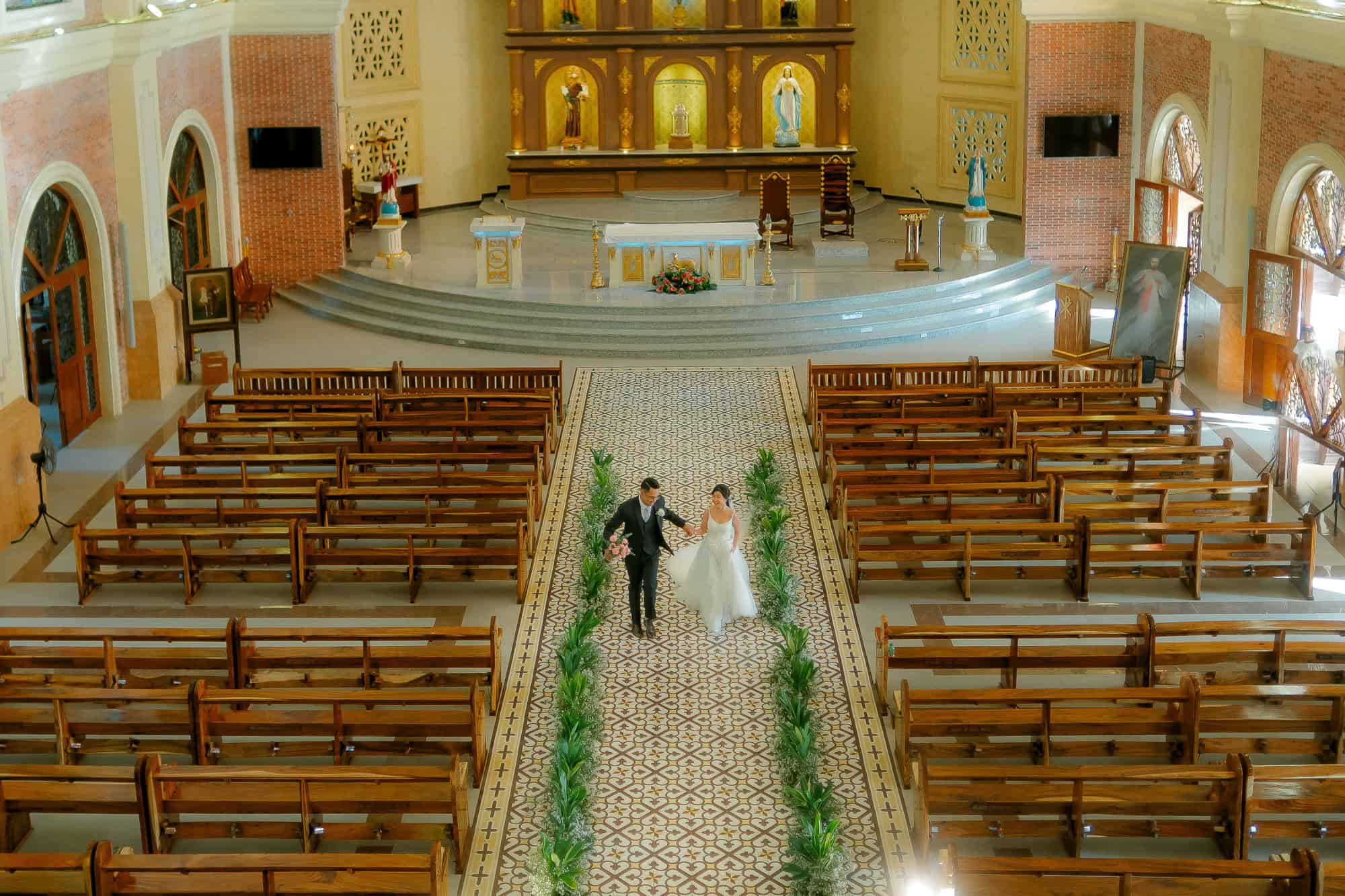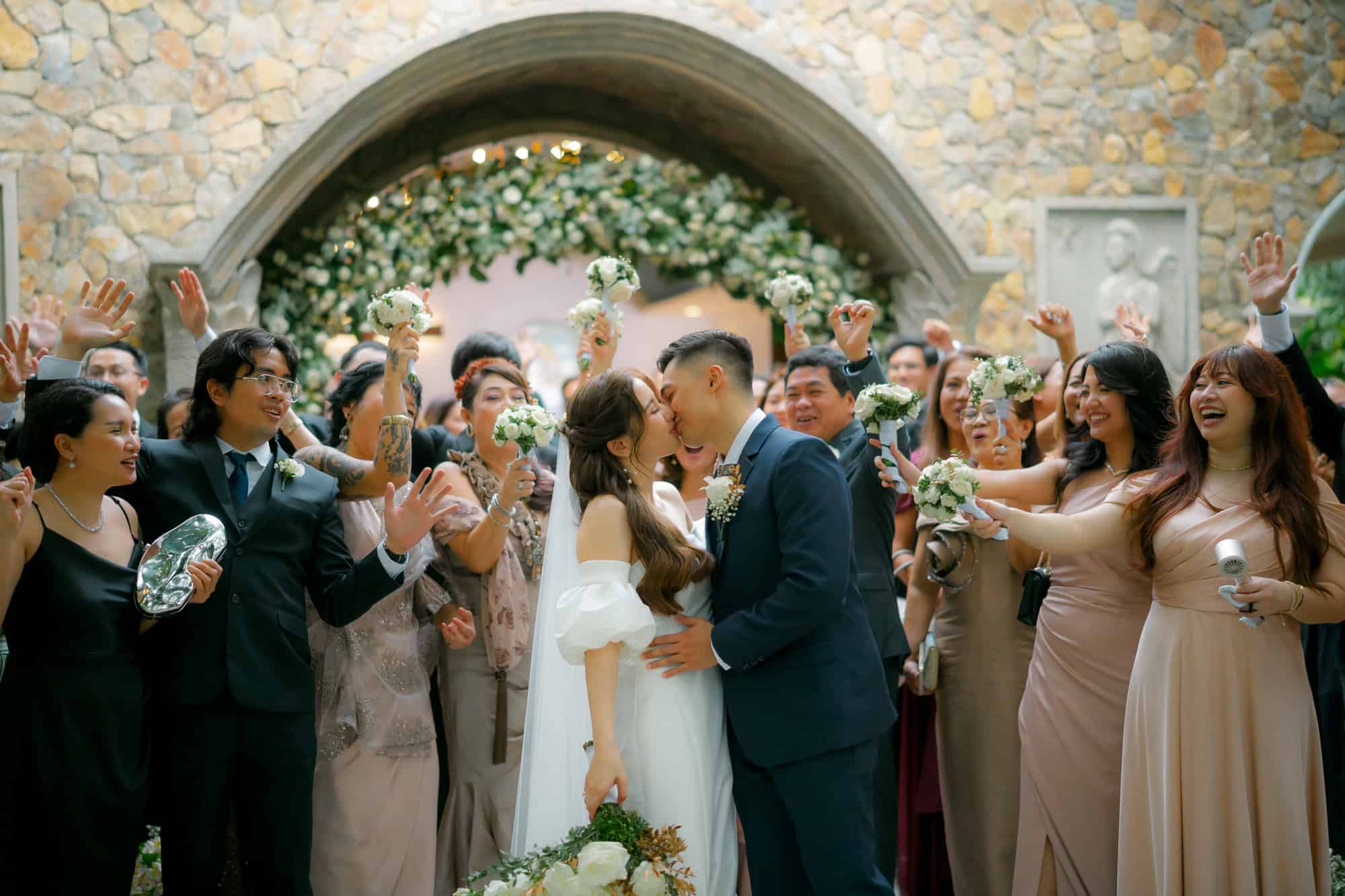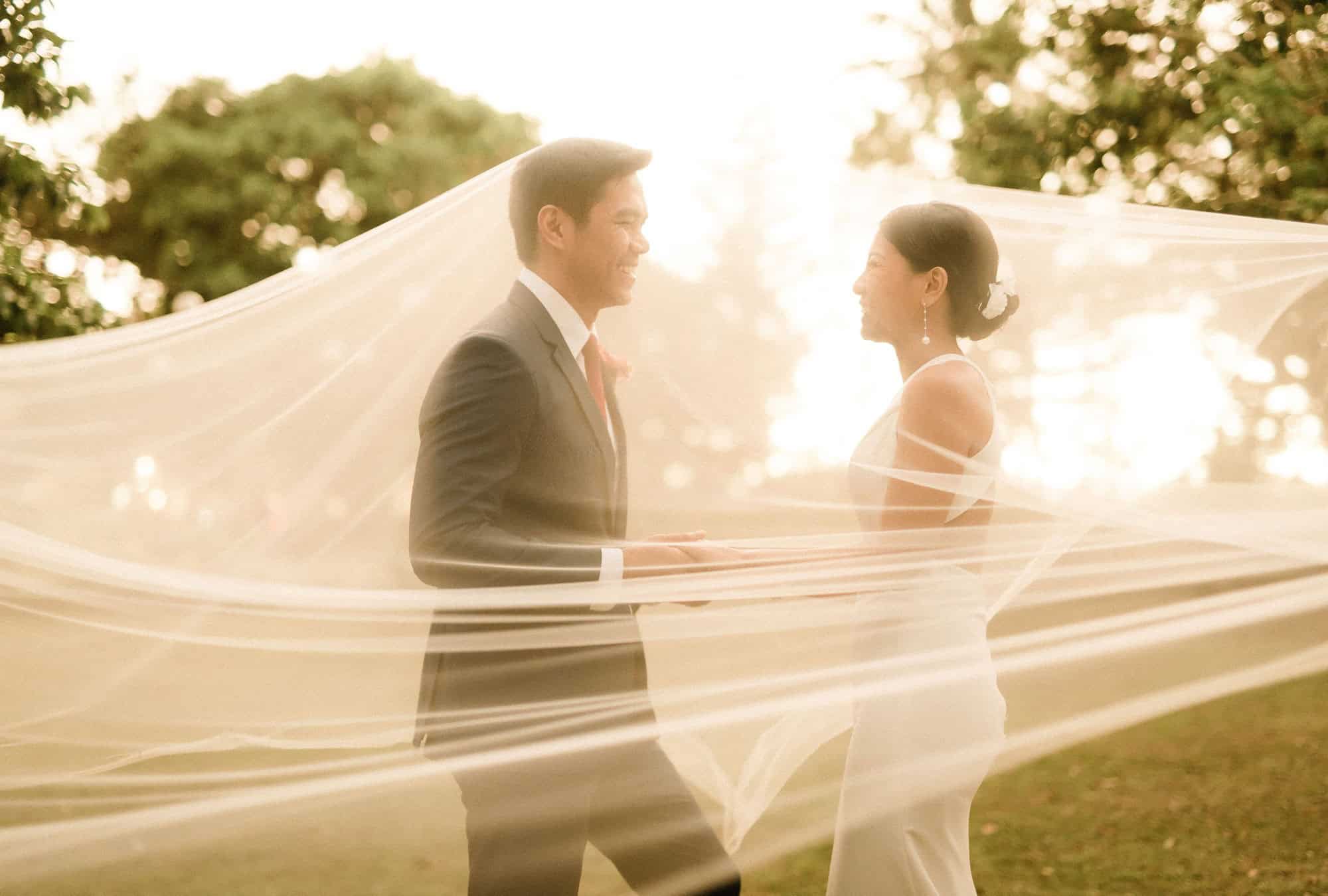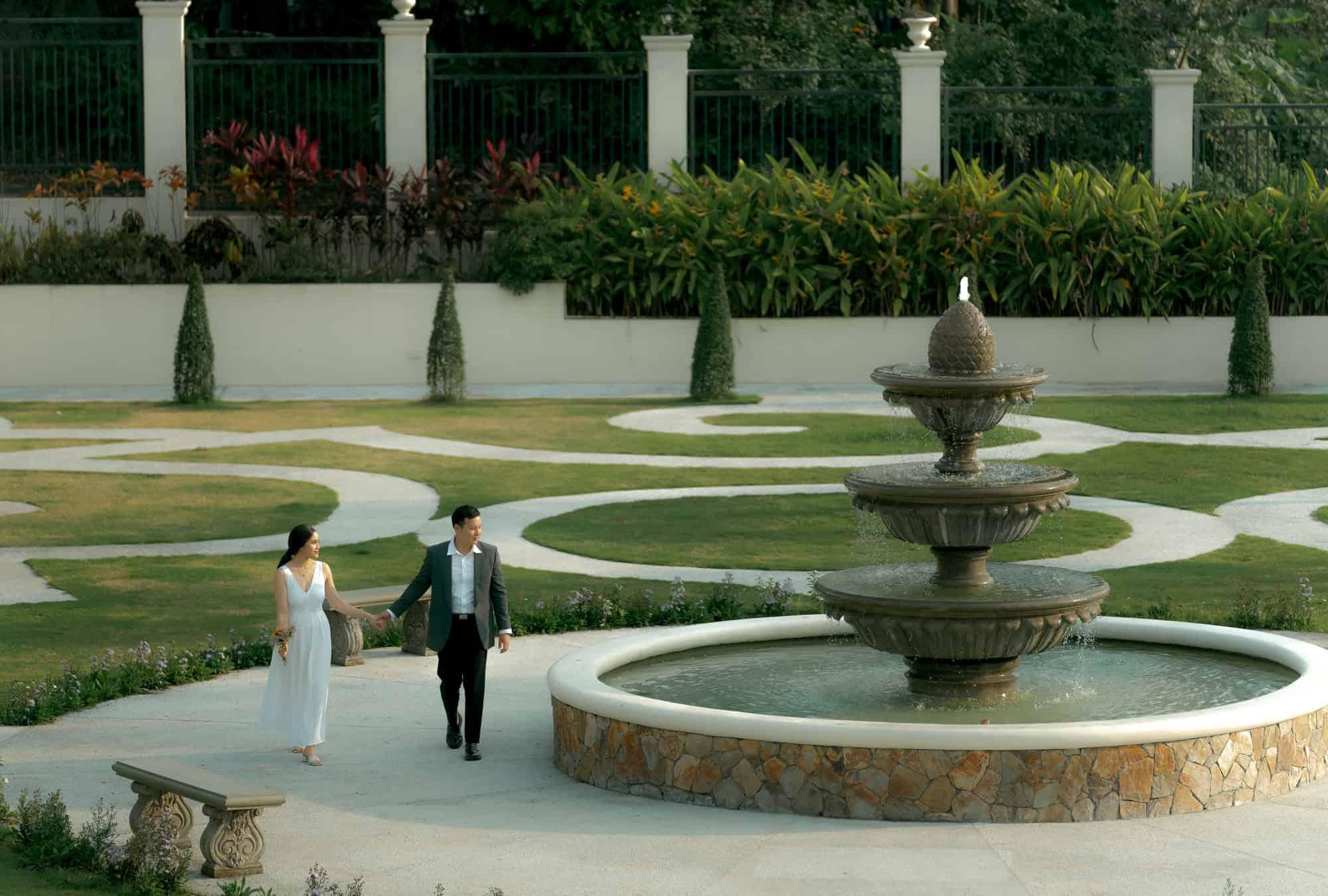How to Choose a Photography Style for Your Wedding?
Filed in Advice for Brides / June 26, 2024
When searching for a wedding photographer in the Philippines, the first question to ask isn’t “How much will it cost?” but rather “What photography style do I want?”
Choosing the right photography style is crucial for capturing the essence of you and your wedding day. The style you choose doesn’t just influence how your photos will look. It also impacts how they will make you feel. Knowing what style you love helps you connect with your photographer, set clear expectations, and create an authentic visual story.
I’m committed to helping you discover the perfect style for your wedding. Whether you envision a classic and timeless look, something candid and natural, or a more artistic and edgy feel, your choice will shape every aspect of your photos–from the poses you strike (or don’t), to your level of interaction with the photographer, and to the final editing touches.
Choosing a style that feels like you is key. That way, your wedding album won’t just be a collection of pictures, but a visual story that perfectly captures the love, joy, and beauty of your big day.
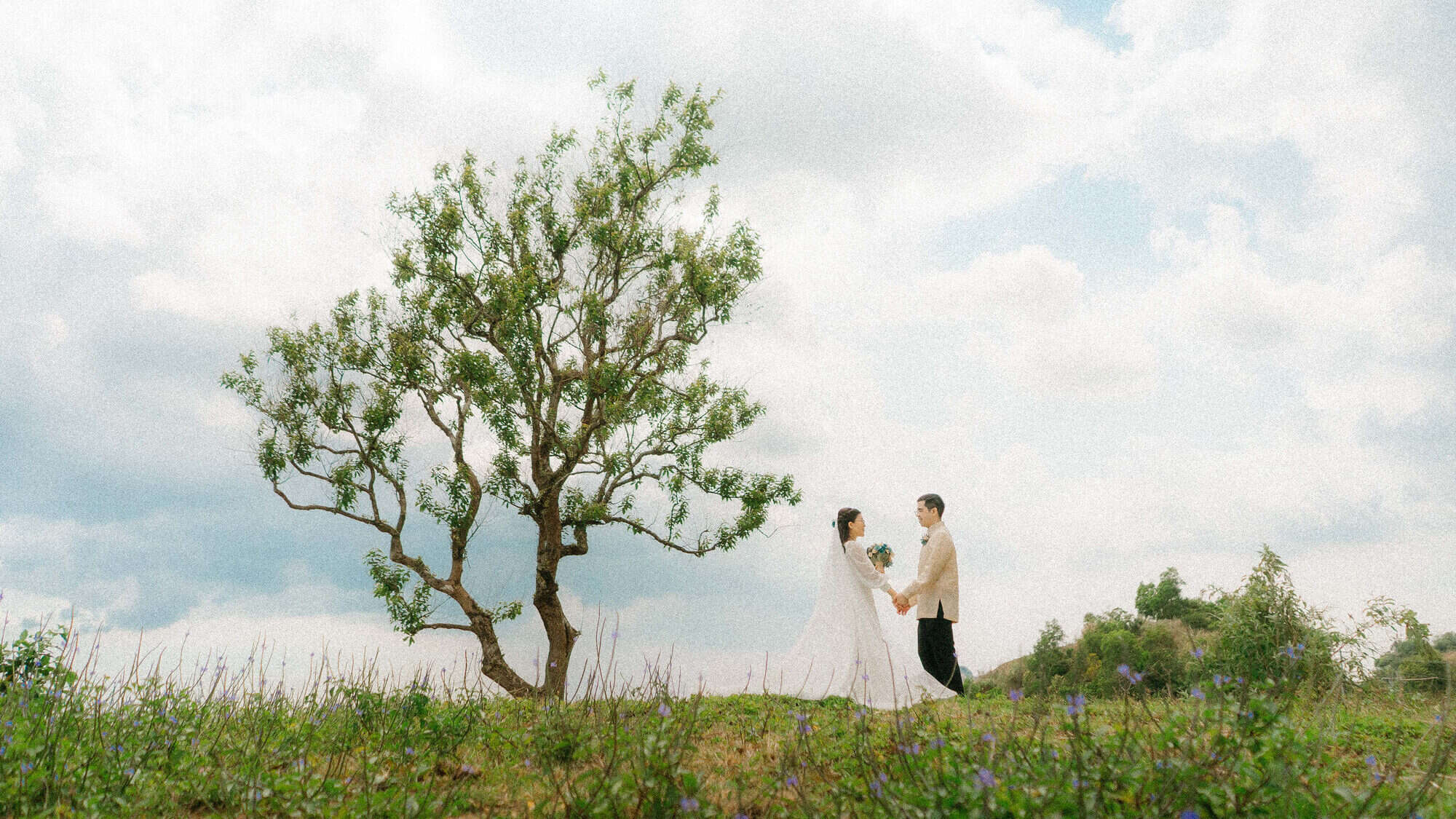
The Different Types of Photography Styles
Fine Art Wedding Photography: Picture your wedding photos as exquisite pieces of art, with every shot intentionally composed and beautifully lit. Your special moments (and even special requests) turn into visually striking, often emotive, images. If you and your partner love and appreciate art and want your wedding photos to reflect that creativity and elegance, the Fine Art style is perfect for you.
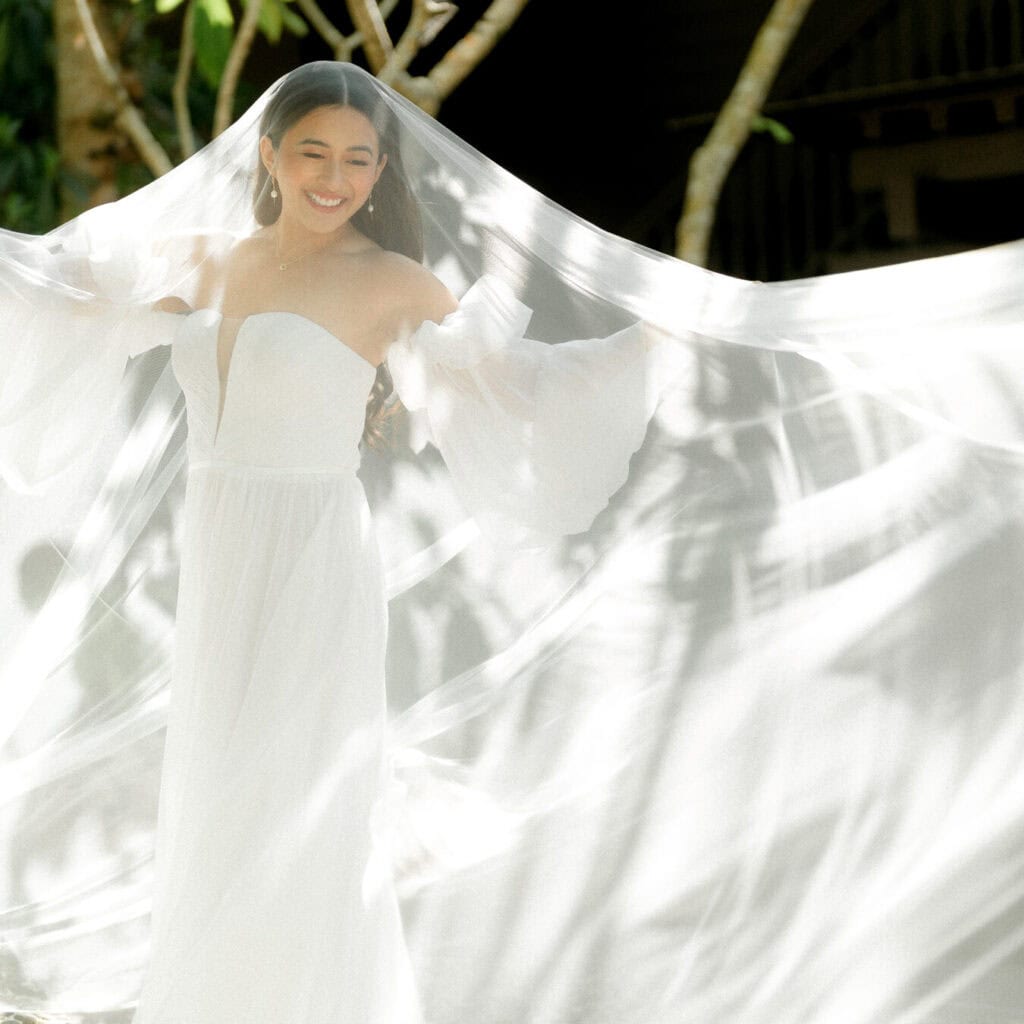
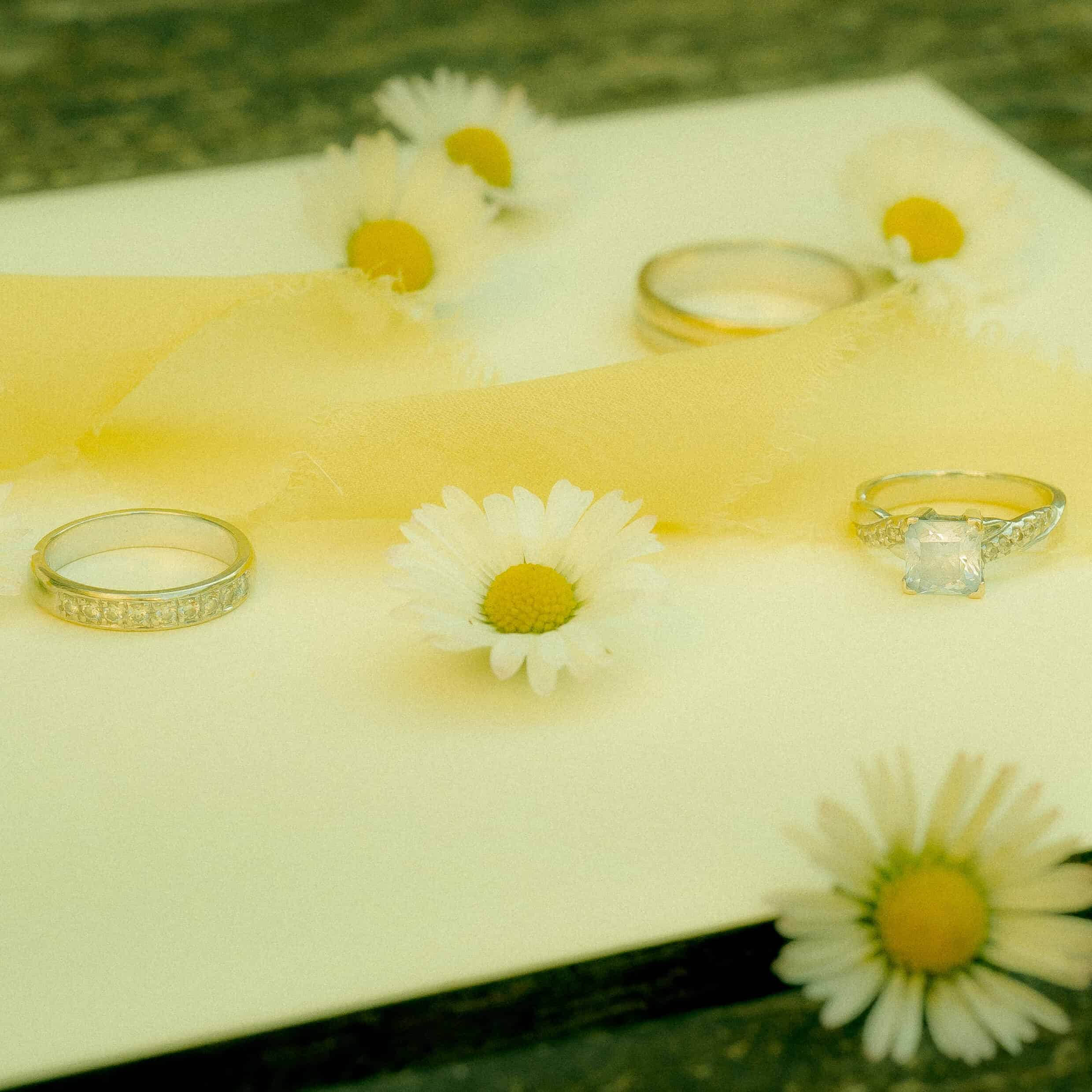
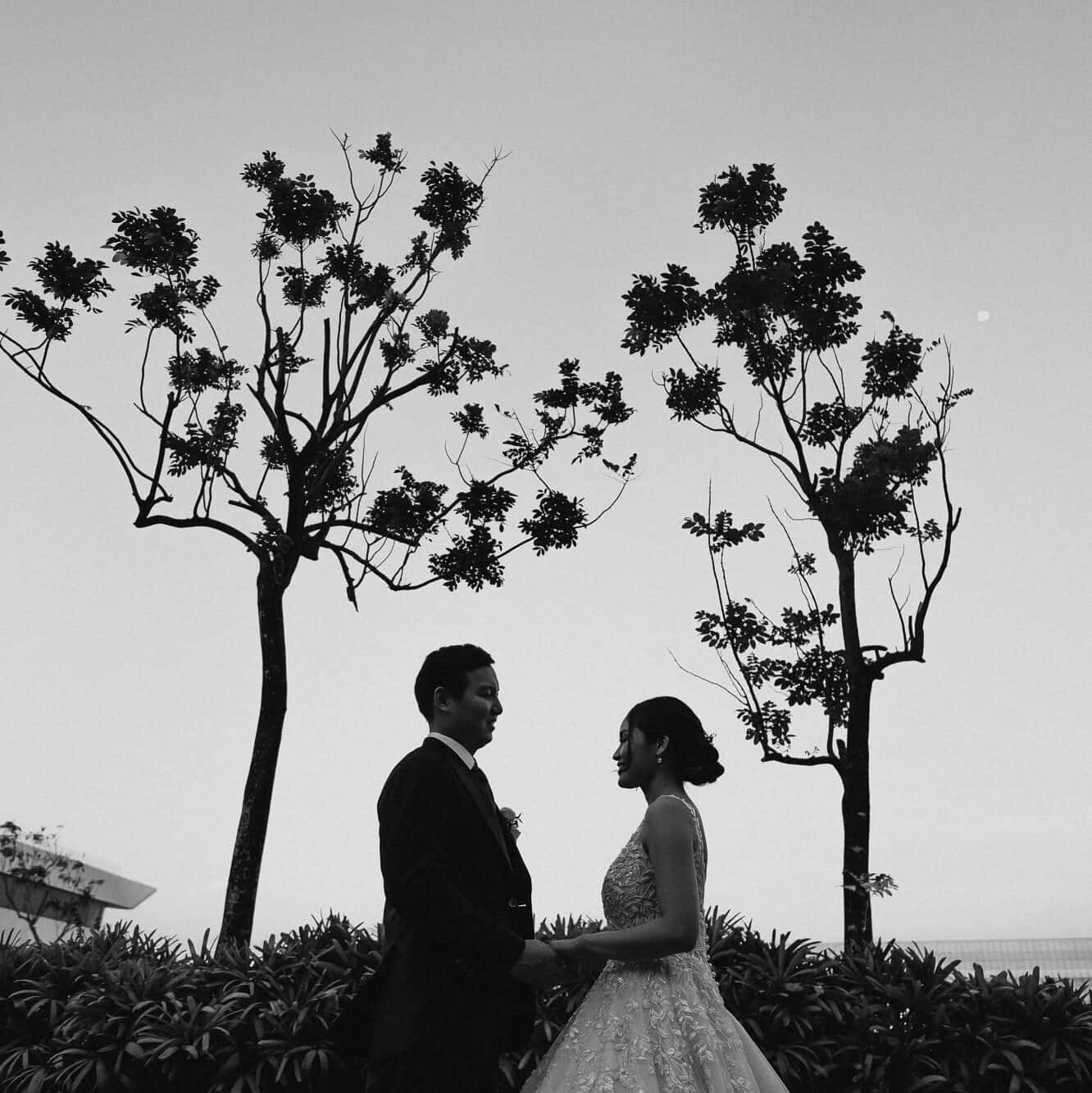
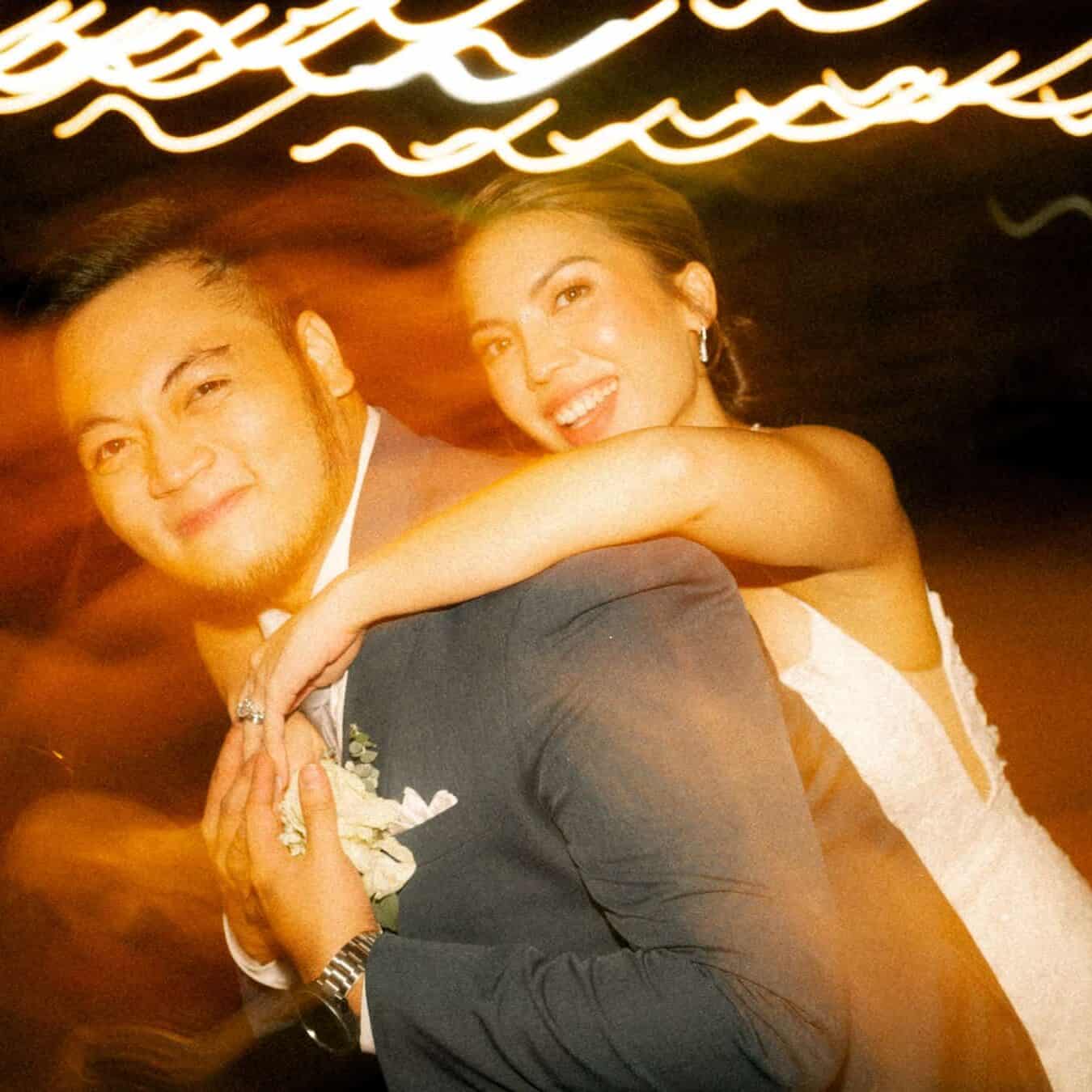
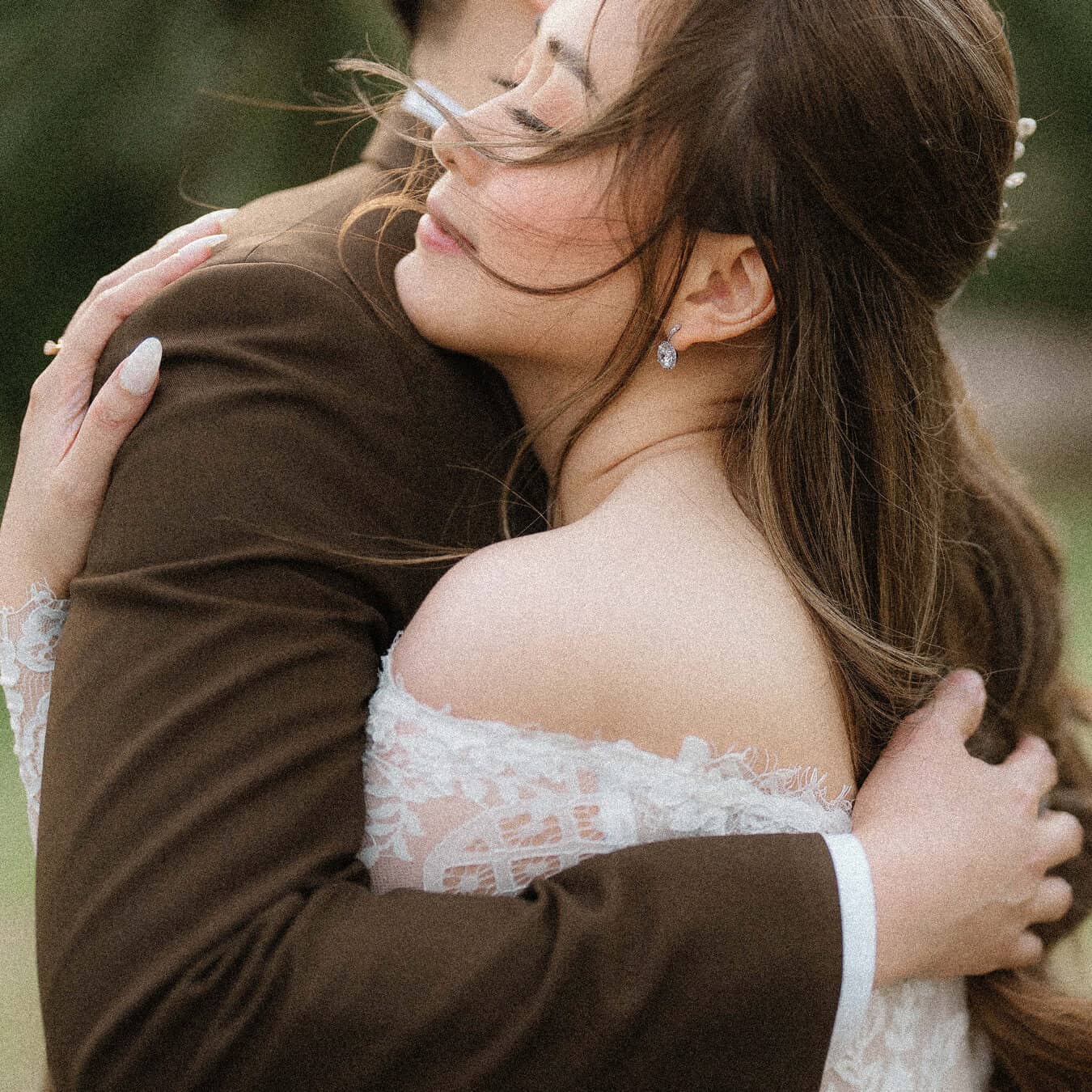
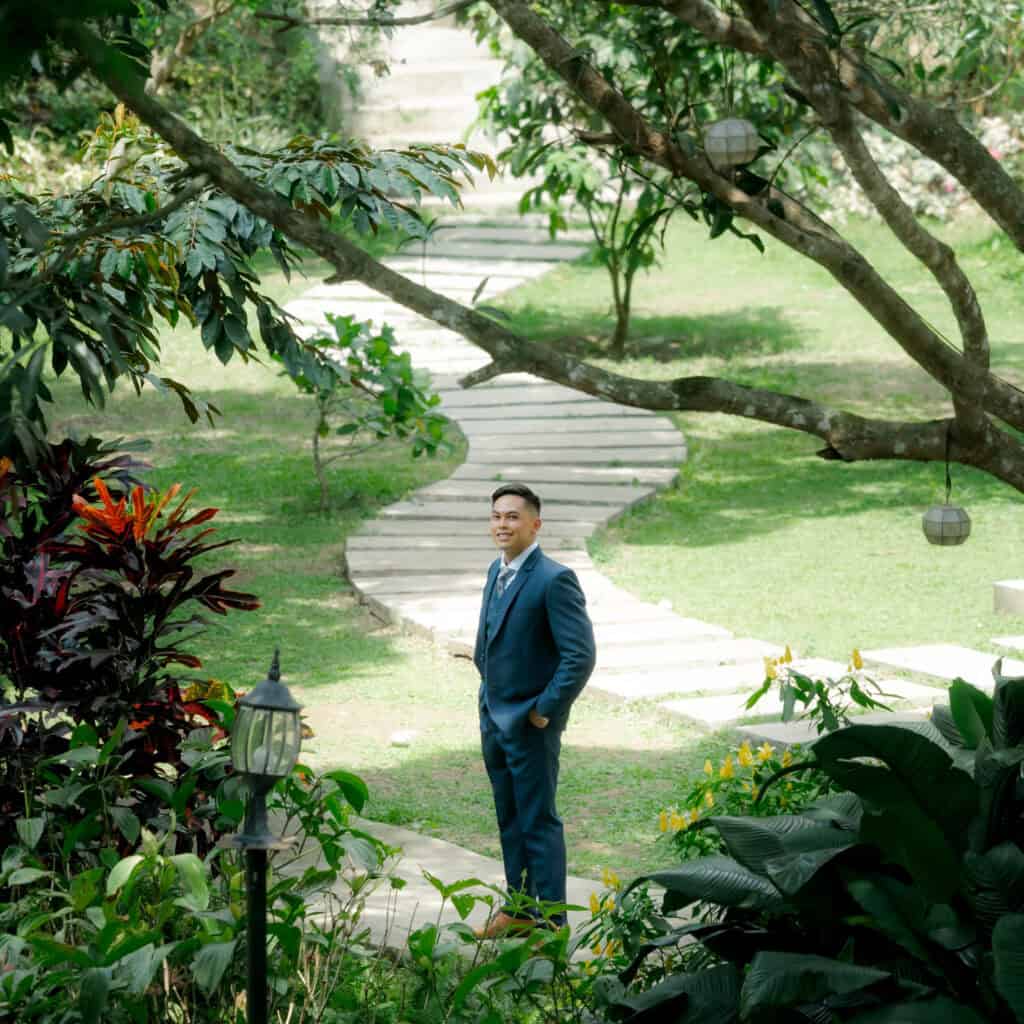
Traditional or Classic: This style emphasizes simple posed portraits and the usual key moments of a wedding, such as the first kiss, cake cutting, and couple and family portraits. This style is formal and timeless. The style is best for couples who value having a comprehensive record of their wedding day the most, including all traditional elements.
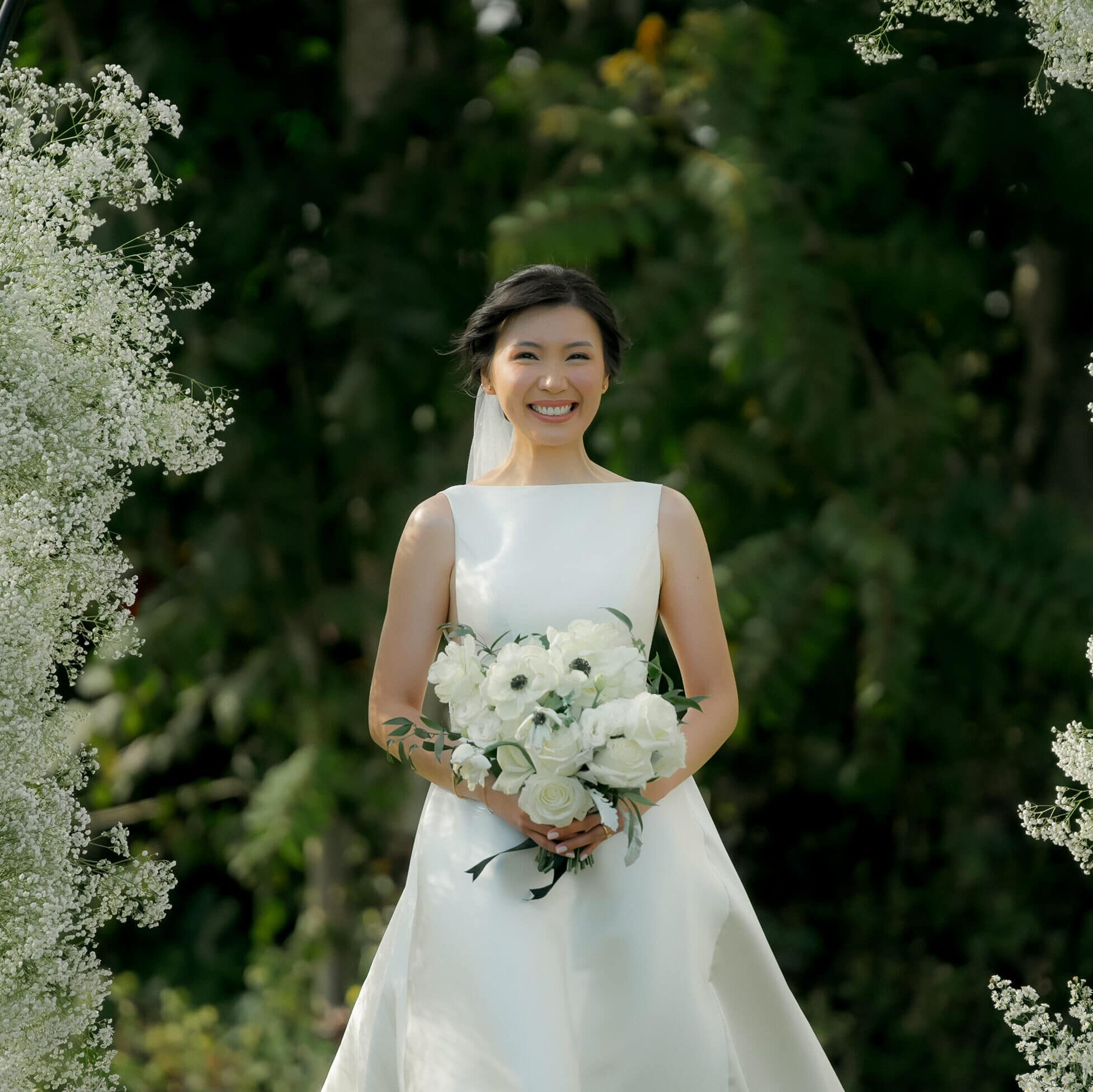
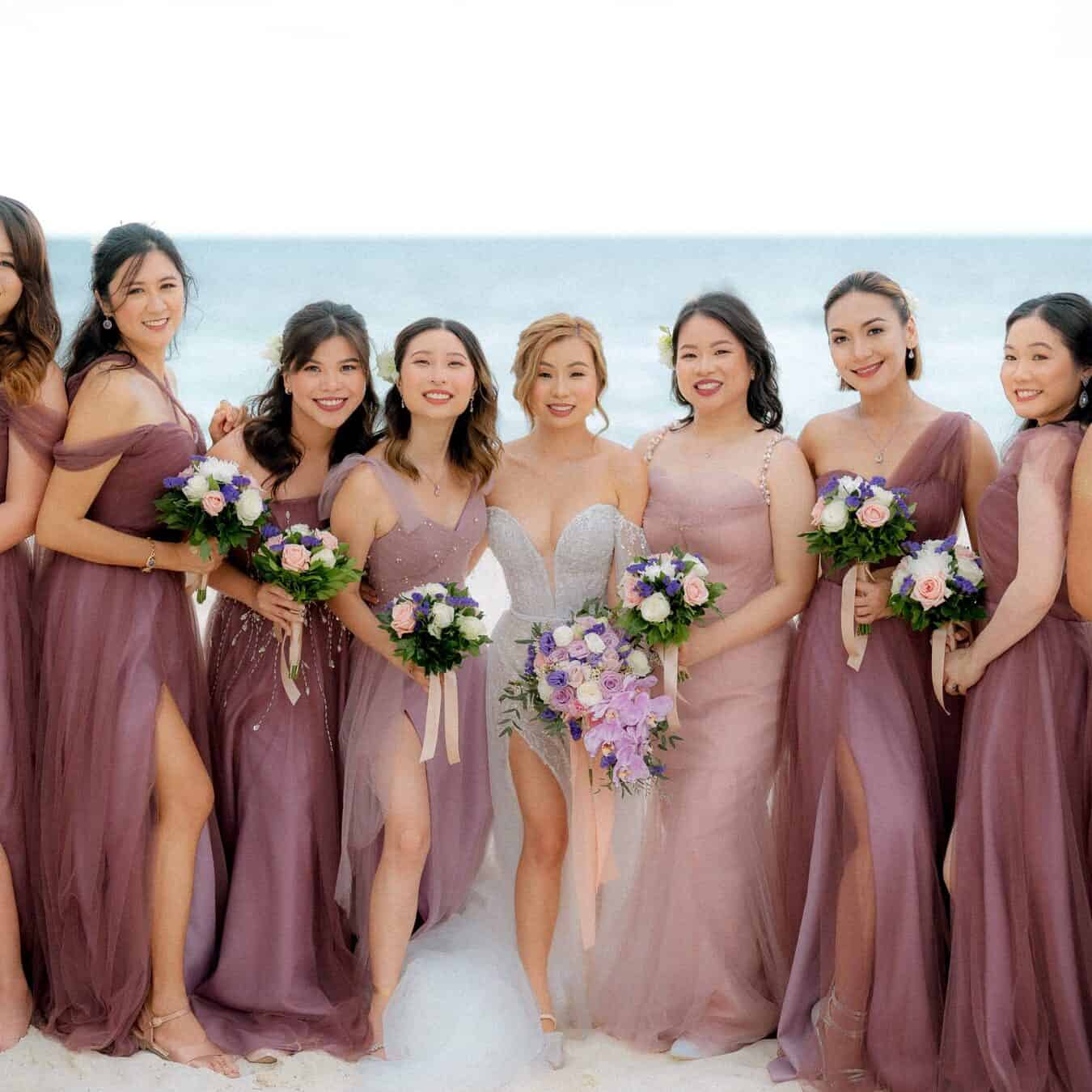
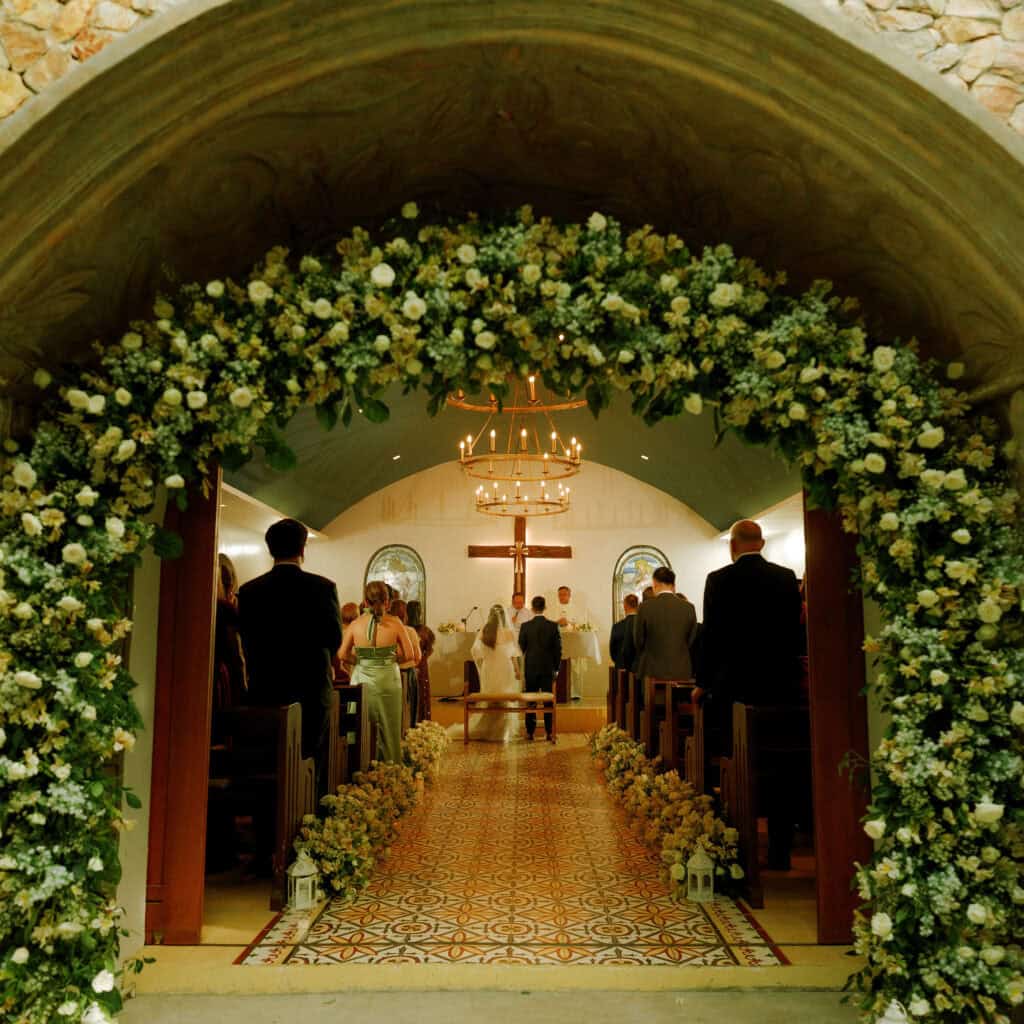
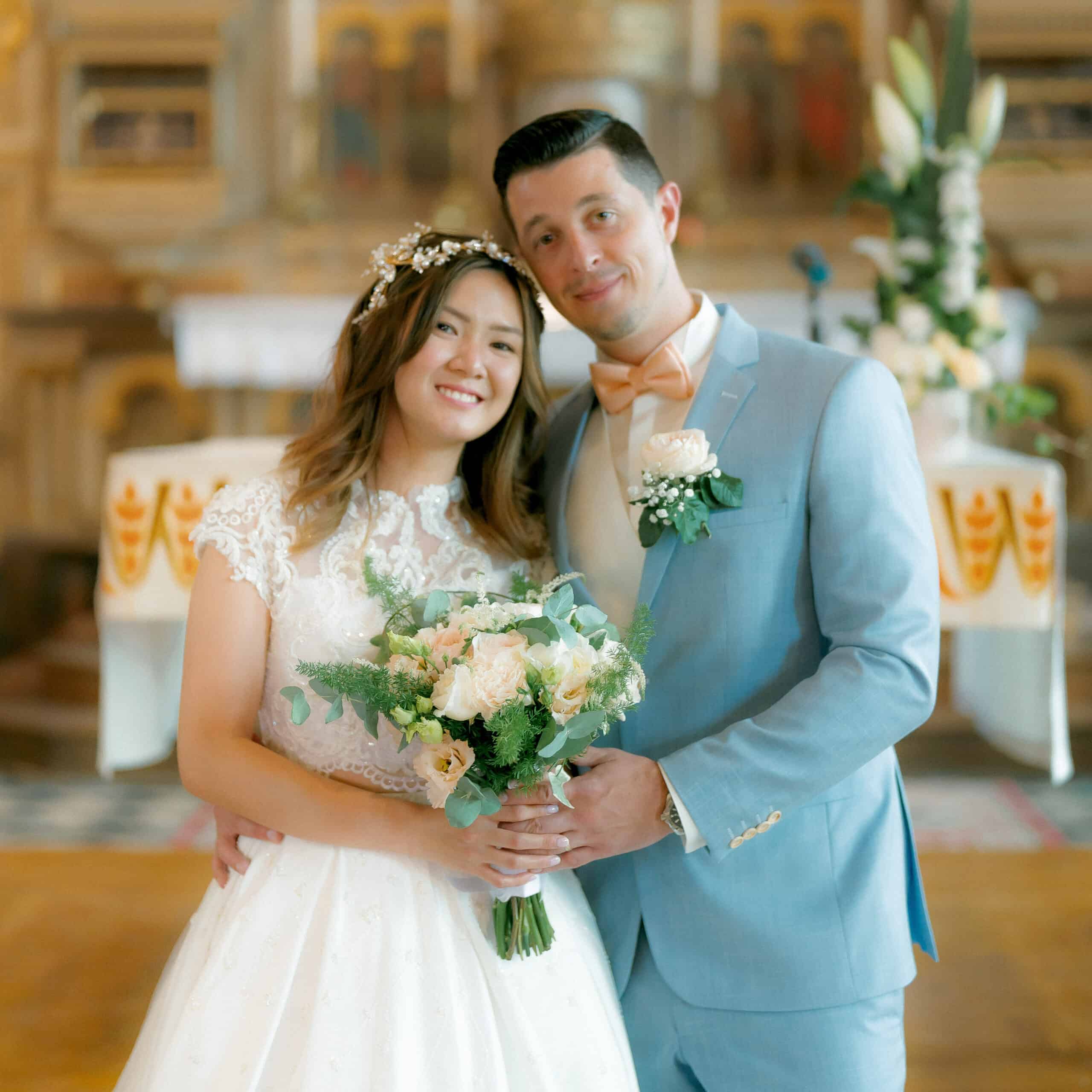
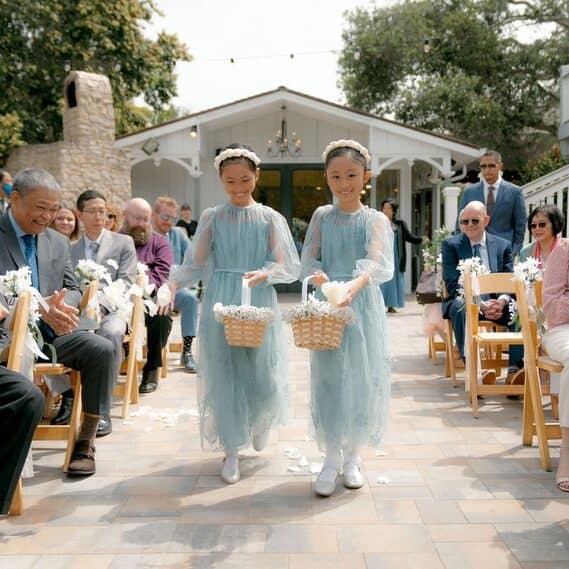
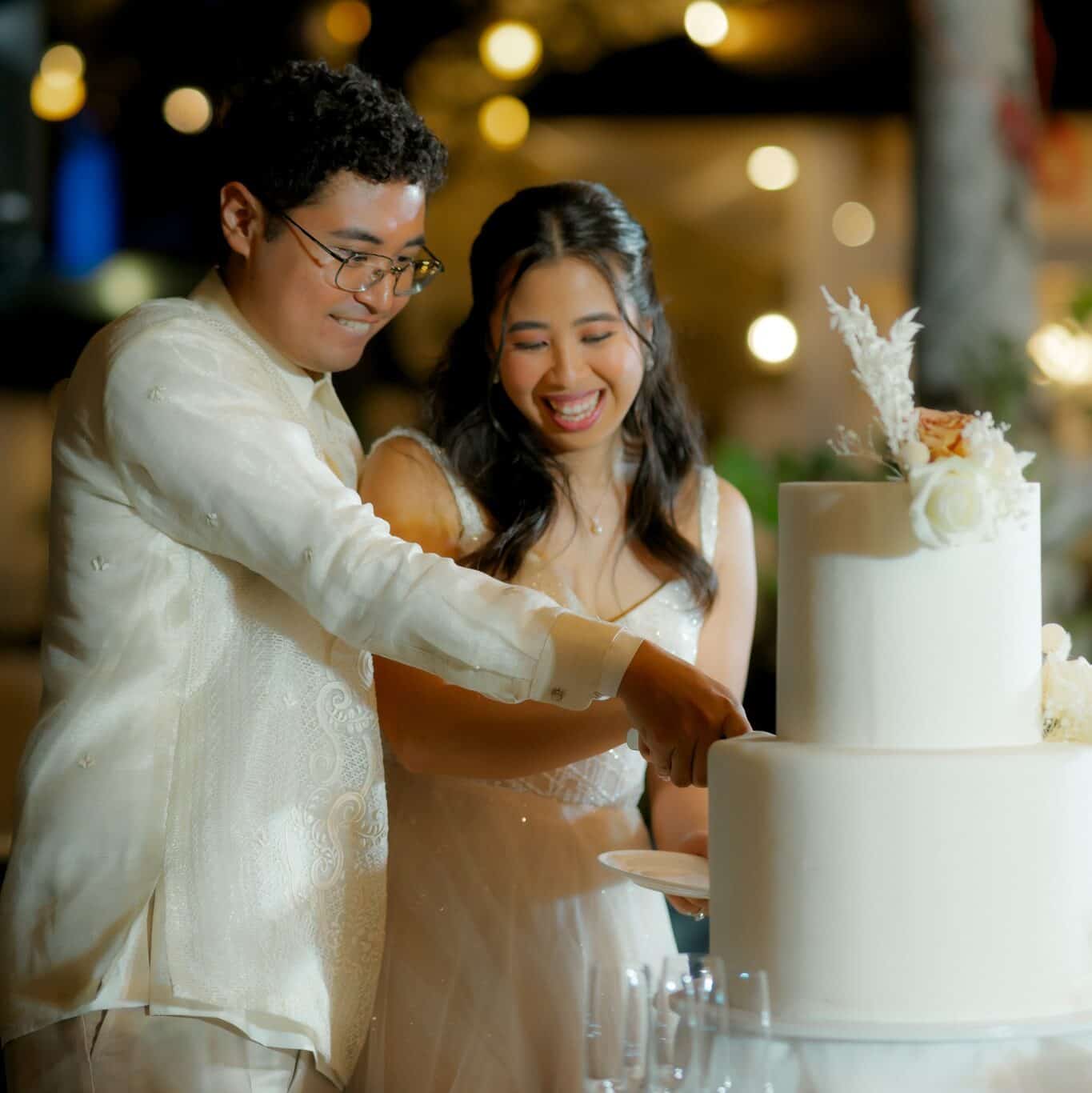
Photojournalistic or Documentary Style: For those who prefer a more natural and spontaneous approach, the documentary style is ideal. Think of it as having an unobtrusive observer capturing your day as it unfolds, minimal to none posing. Unscripted. This style focuses on real moments and genuine emotions, perfect for couples who want to stay fully present and enjoy their day without constantly posing for the camera.
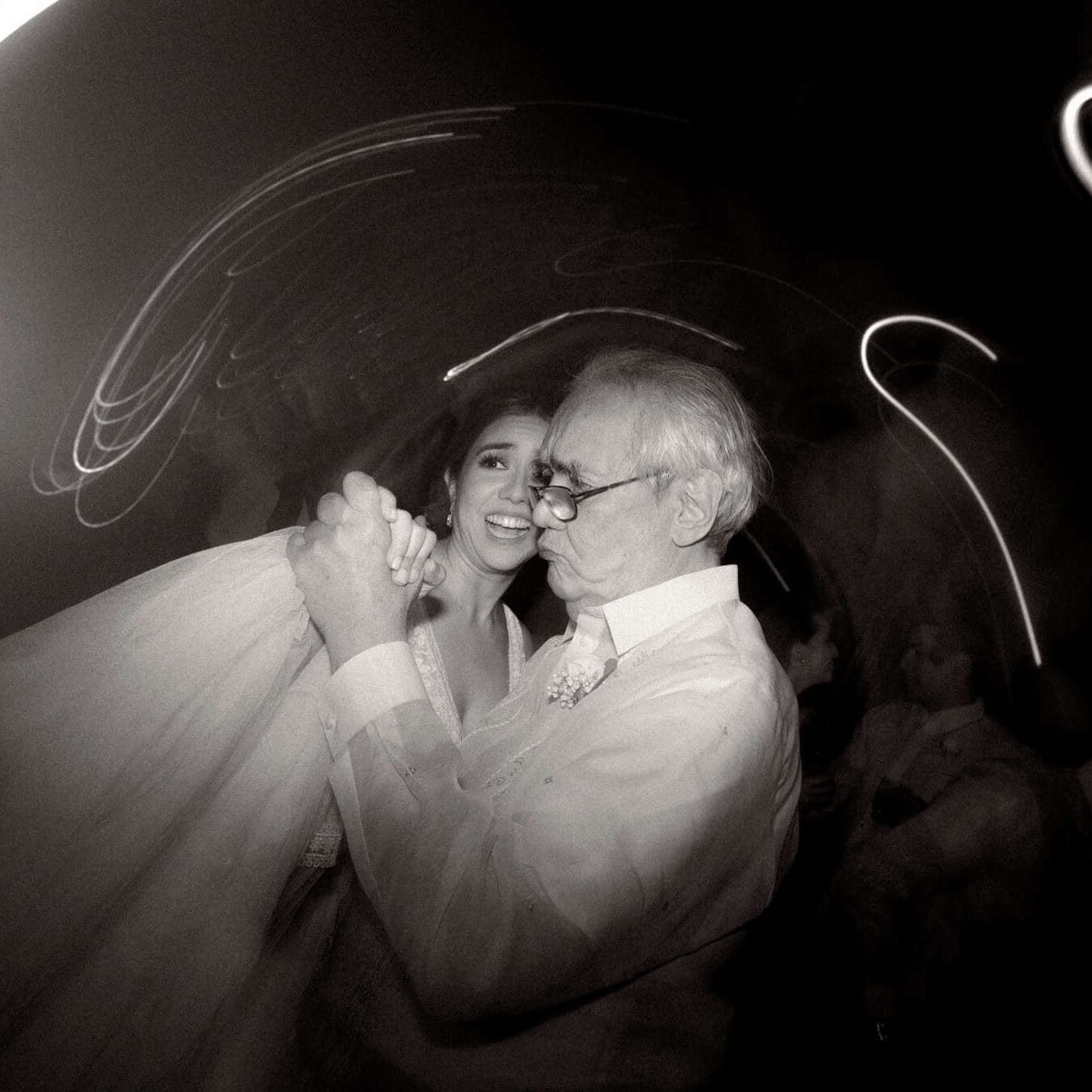
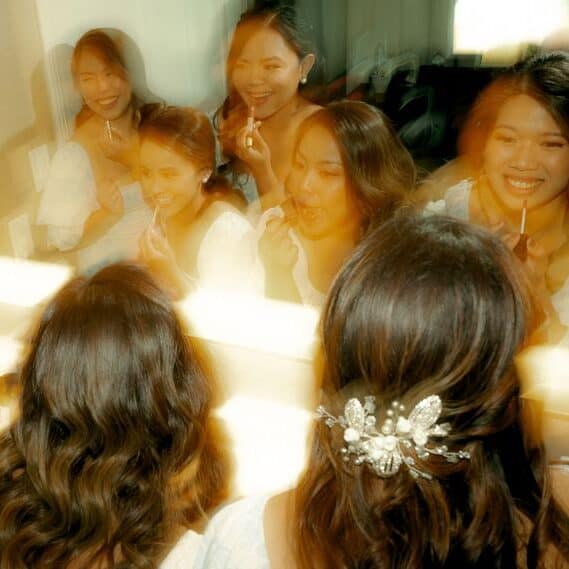
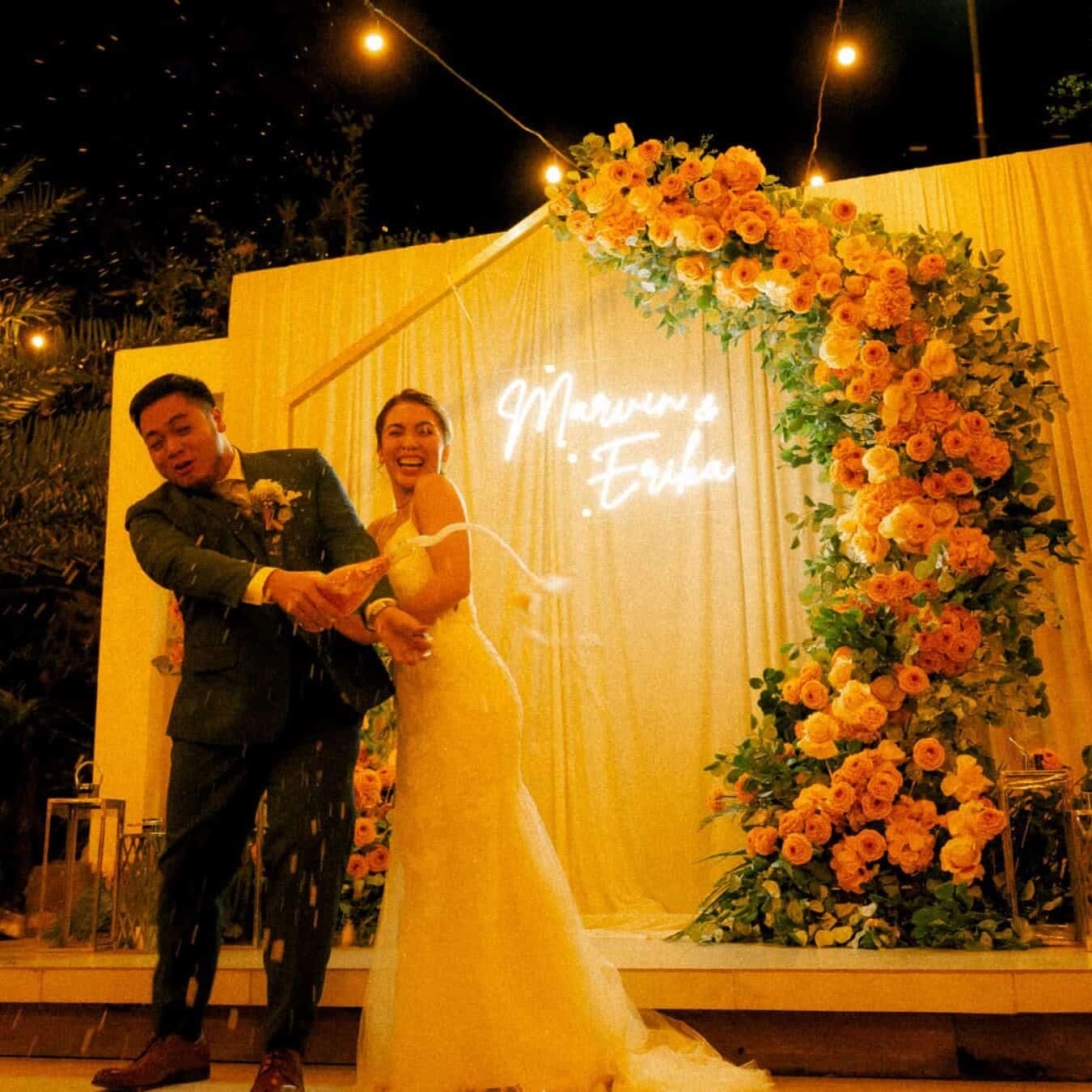
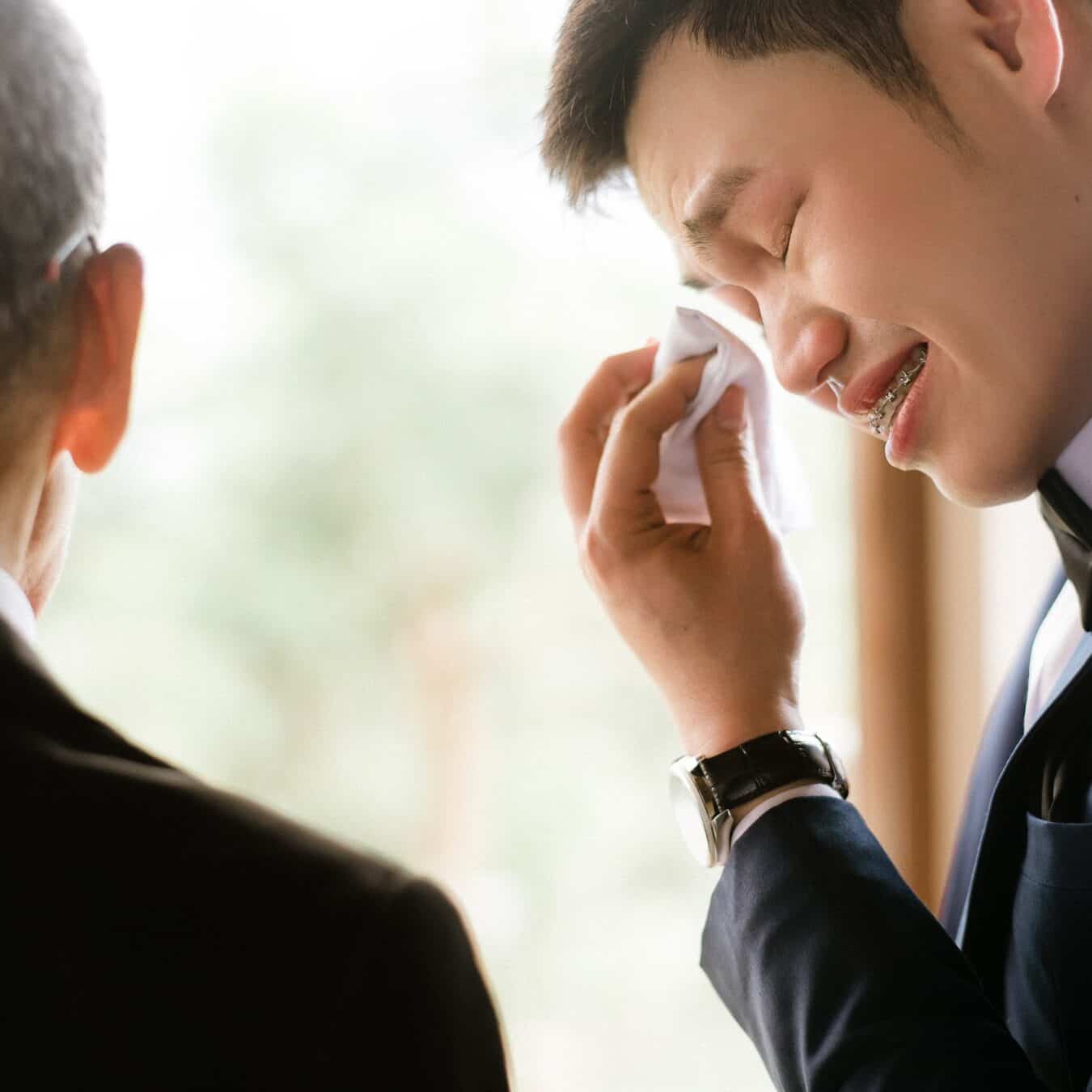
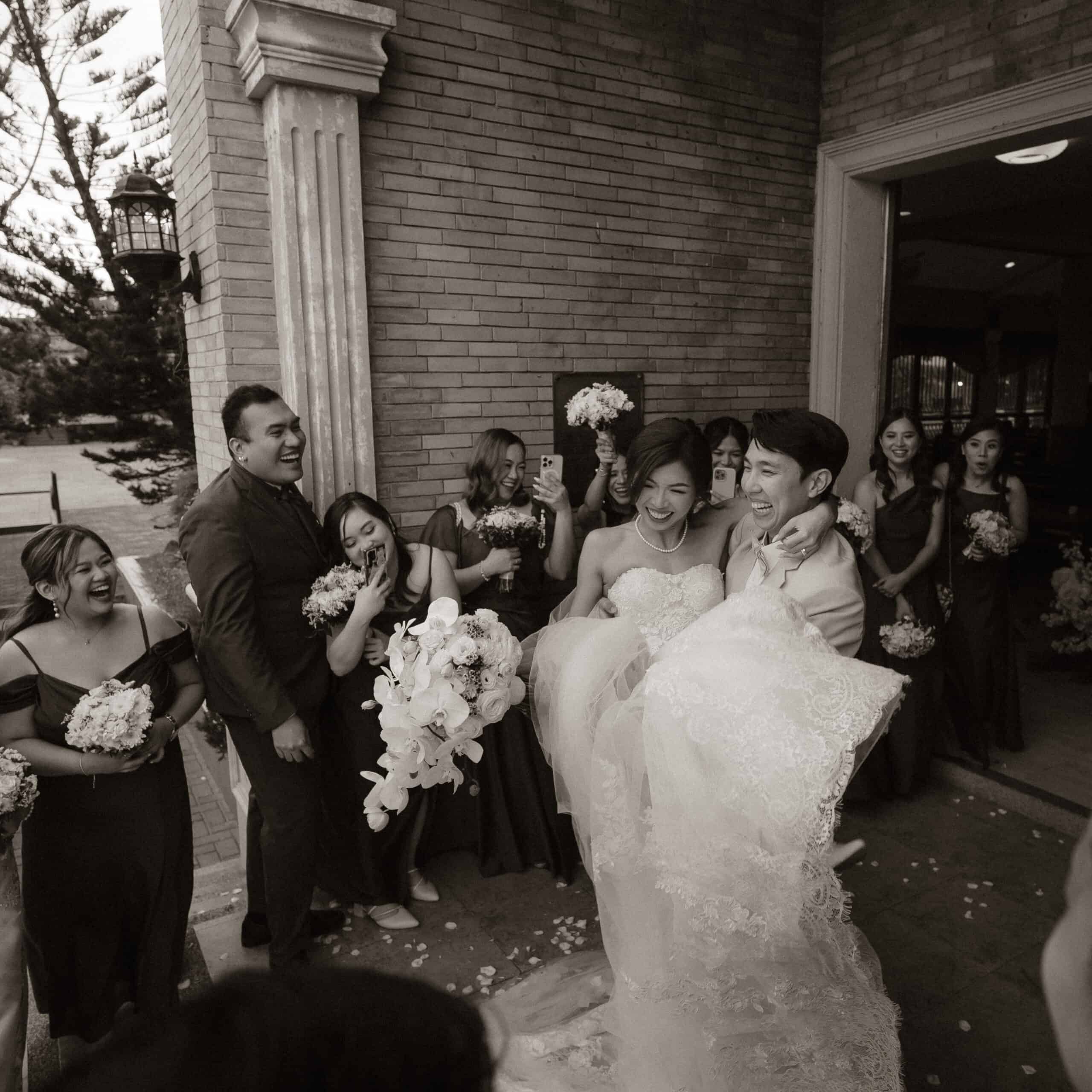
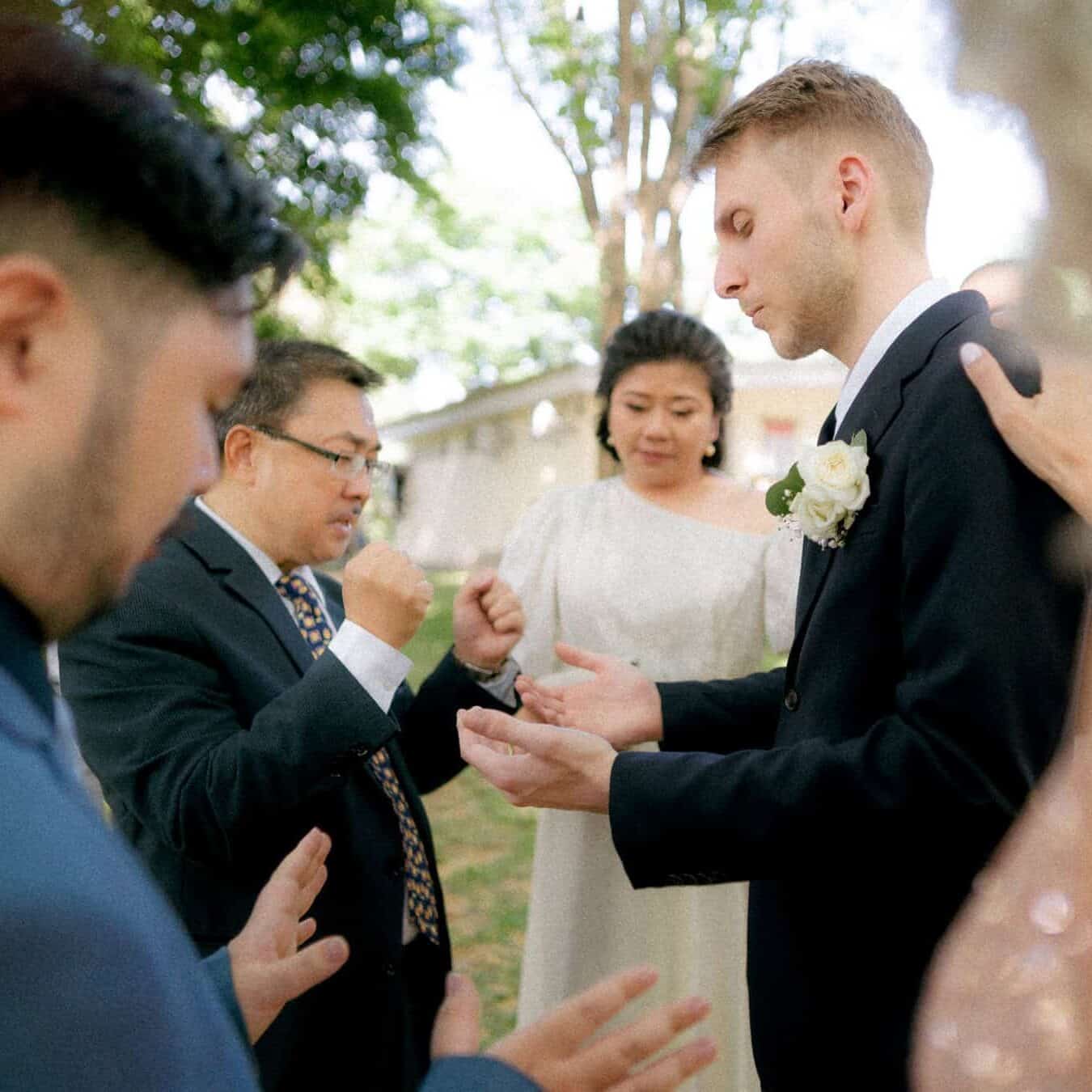
Lifestyle Wedding Photography: This style is all about blending candid and posed photography in a natural yet polished look. It often involves directing or prompting couples in a way that brings out natural interactions and emotions. It focuses also on the overall celebration and the details, not just the couple, but also the guests and the atmosphere. This is suitable for couples who want a natural look with some direction to ensure flattering and engaging photographs.
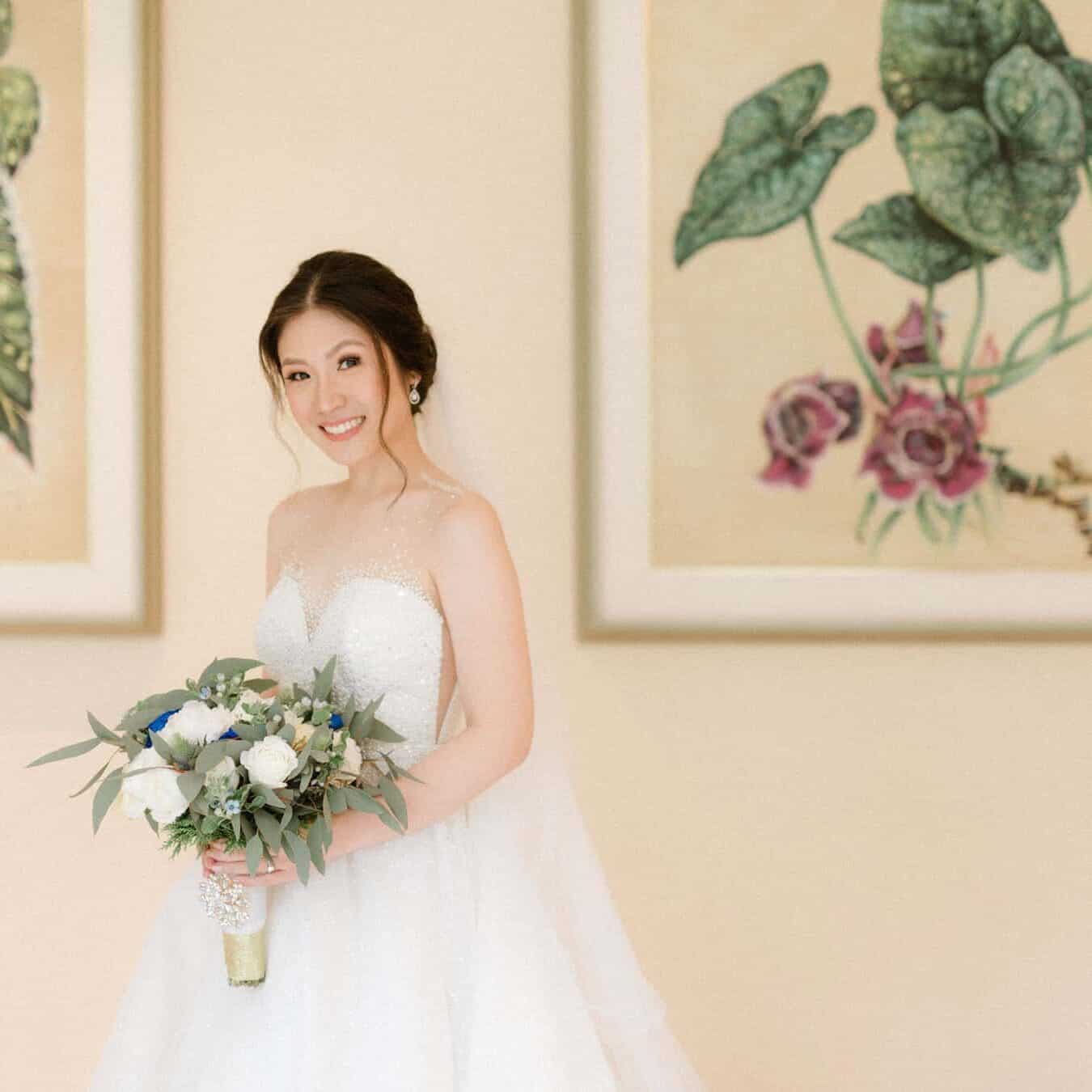
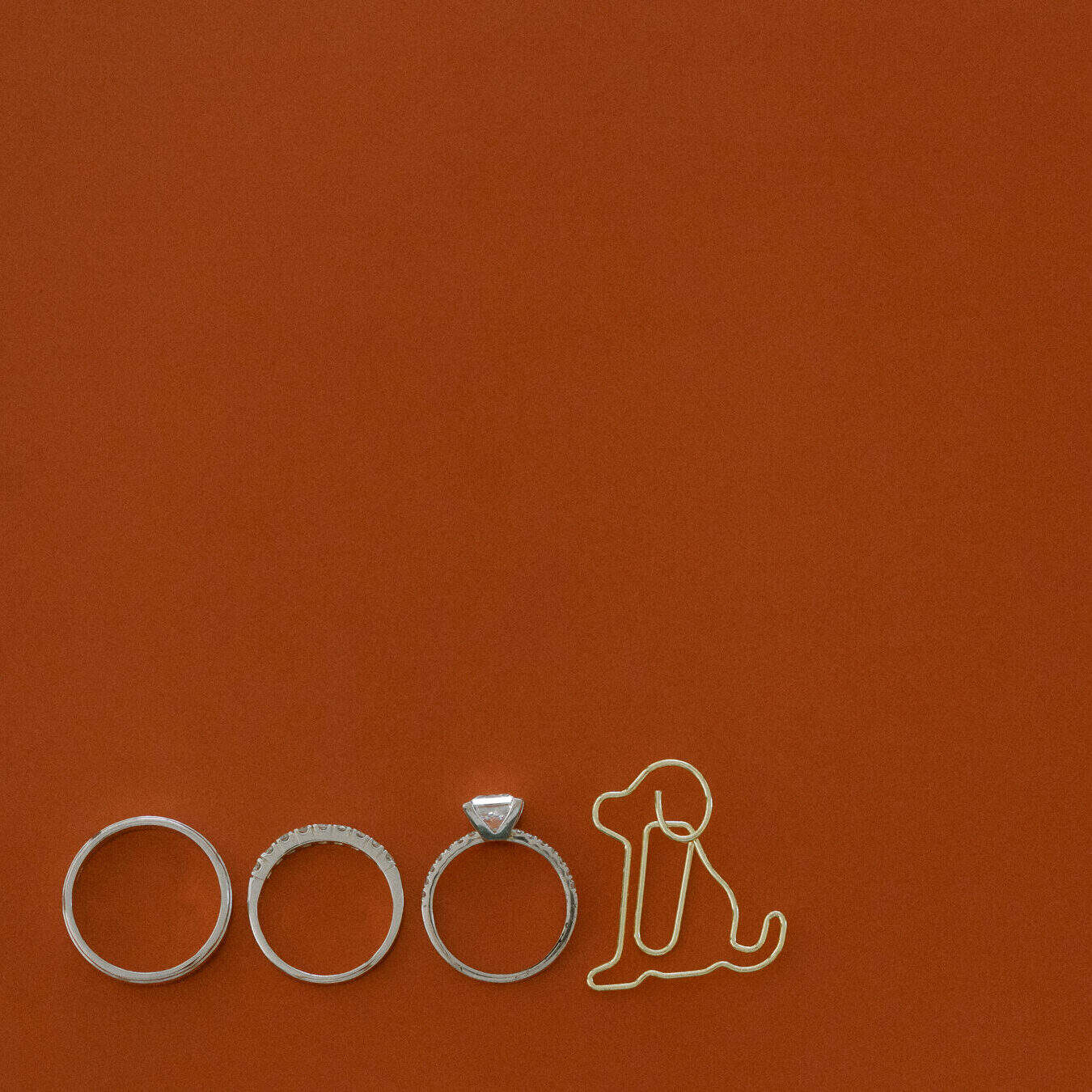
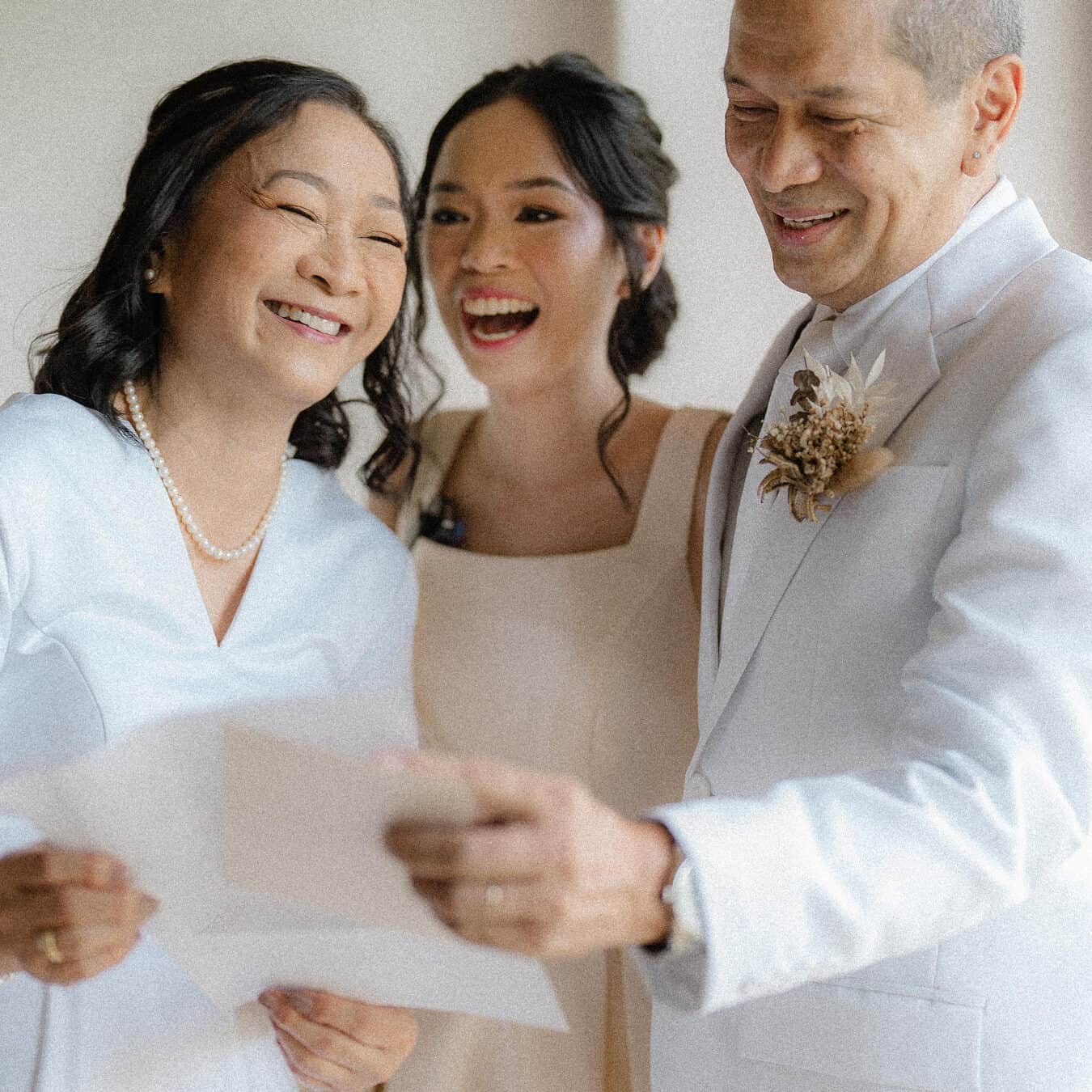
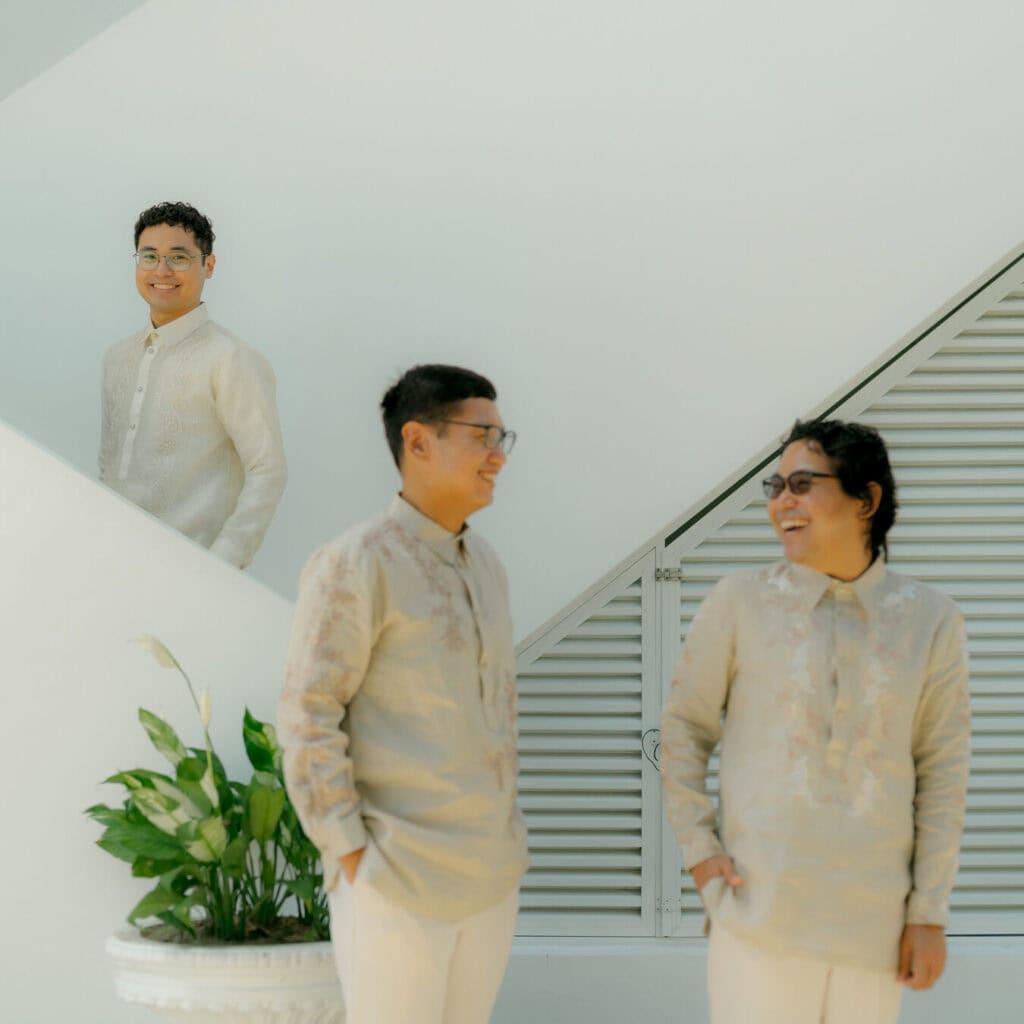
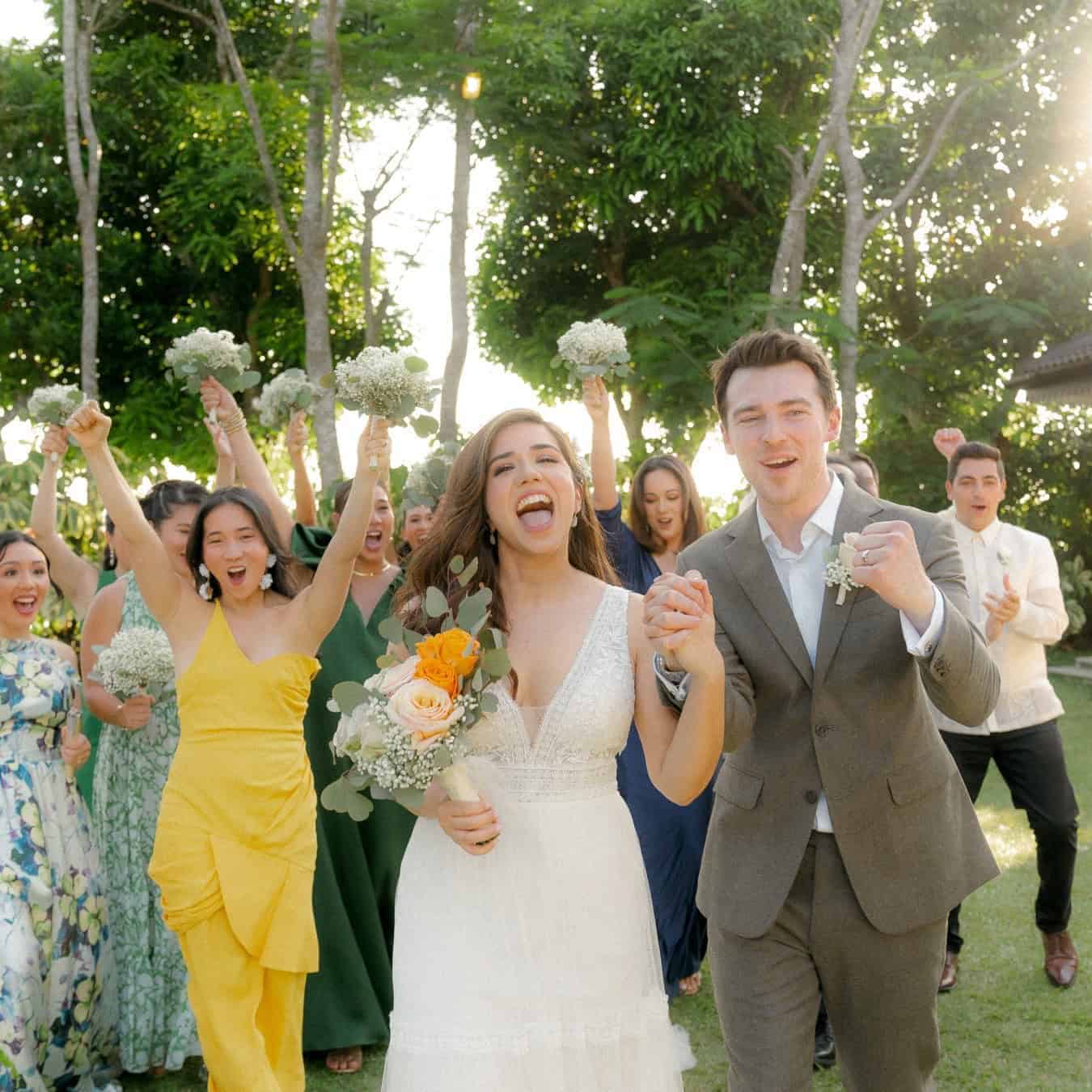
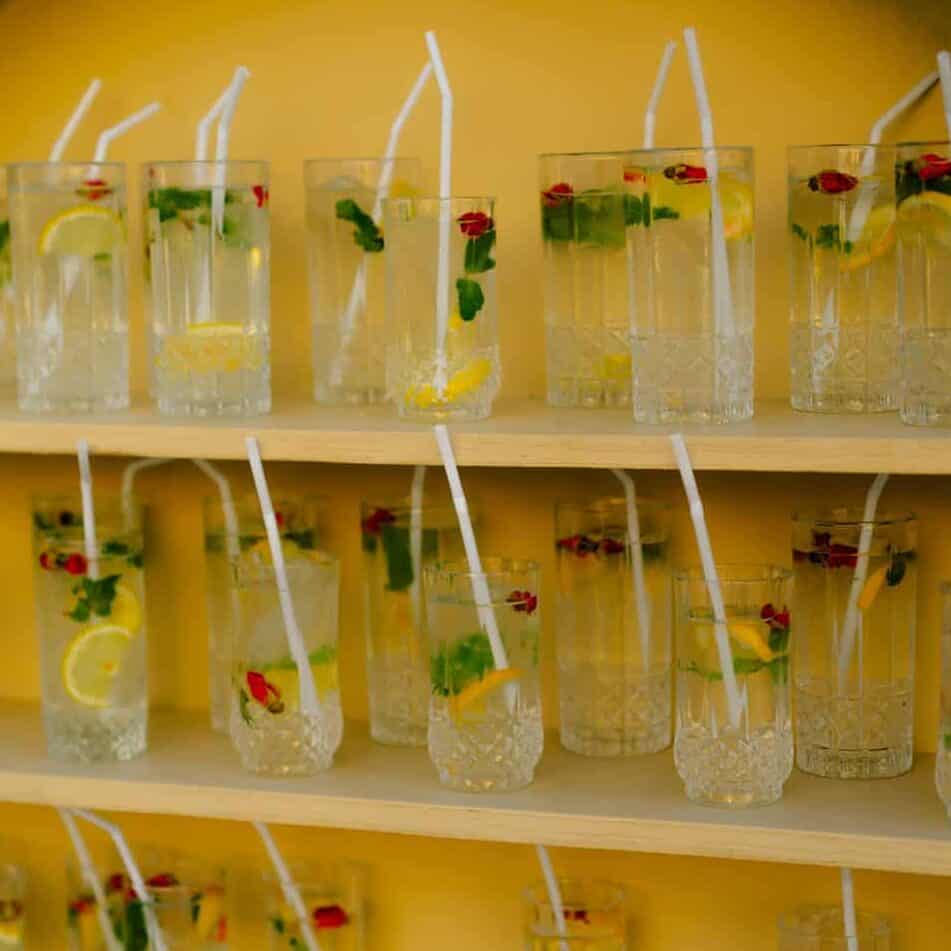
Editorial Wedding Photography: If you love the glamour and drama of high-fashion magazines, the Editorial style is for you. It’s all about creating magazine-worthy images with dramatic poses and highlighting elaborate luxurious setups and details of your wedding. Perfect for couples who want their wedding photos to have that wow factor.
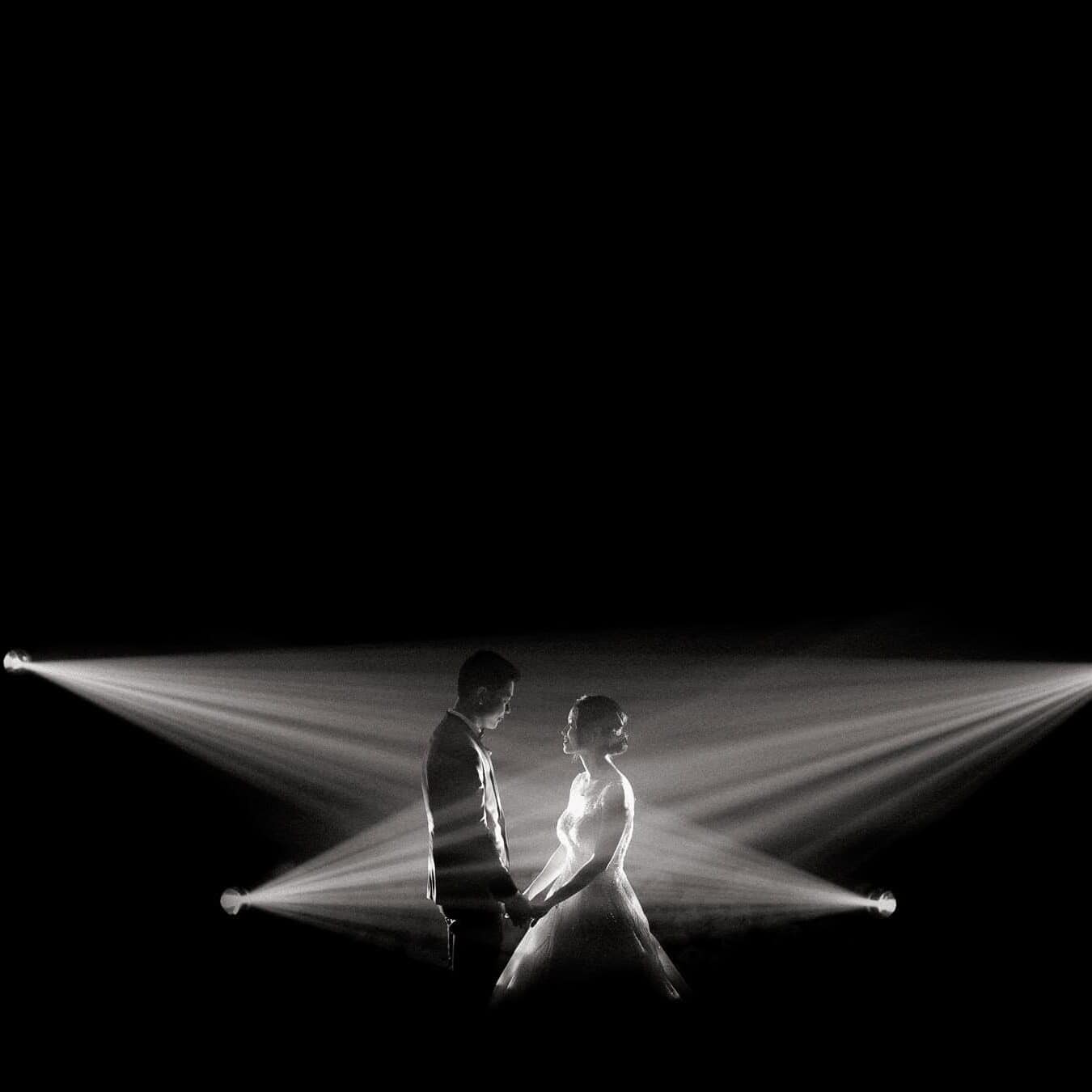
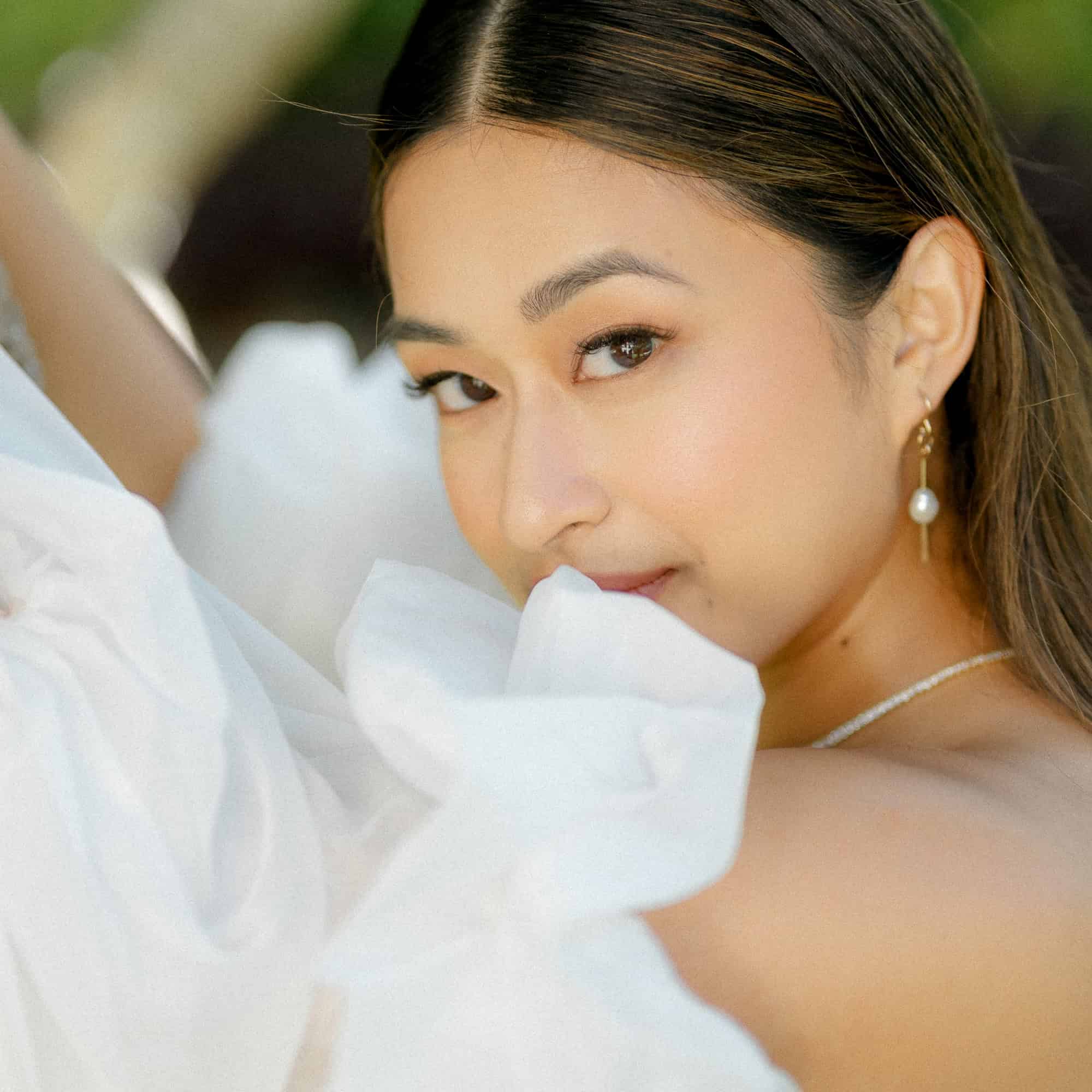
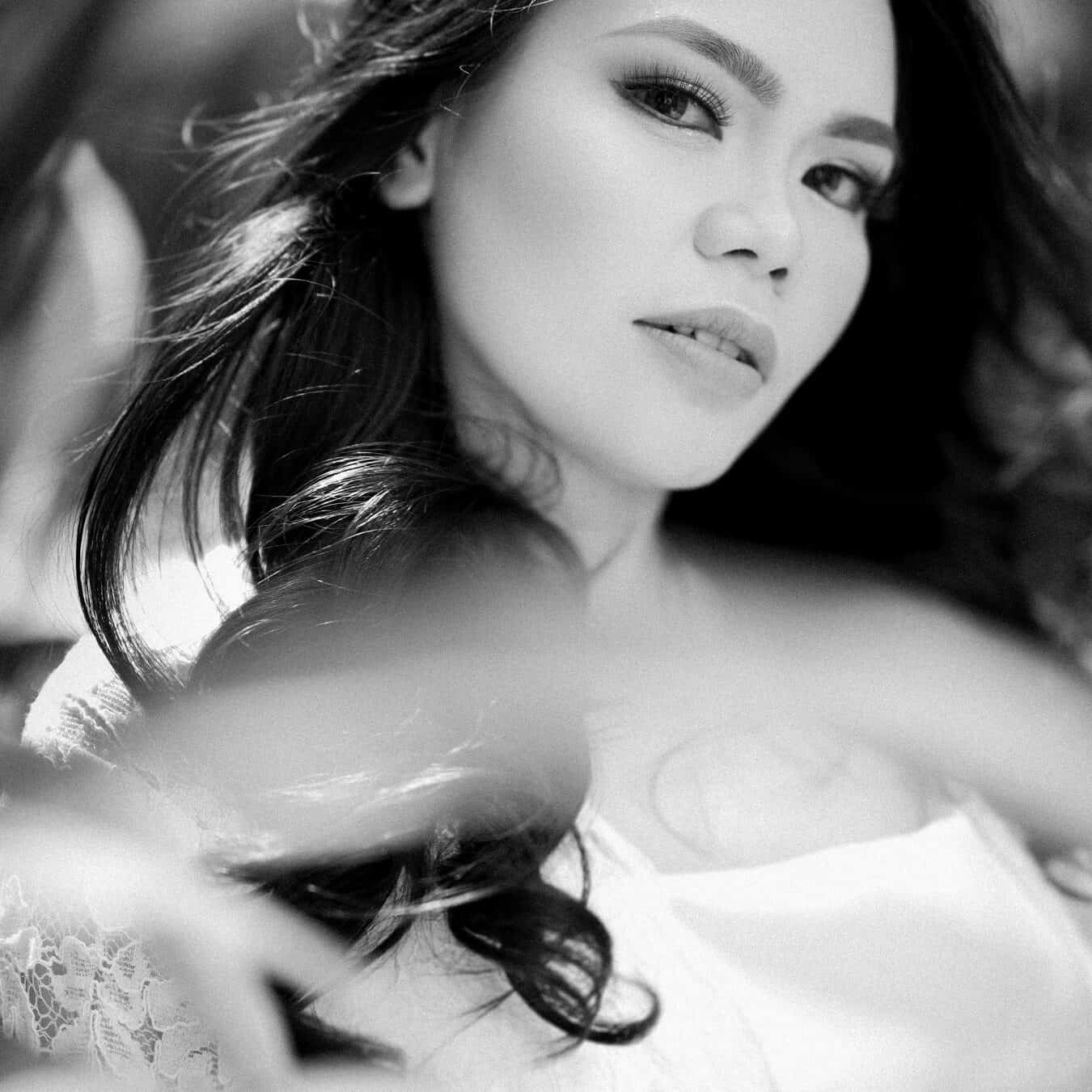
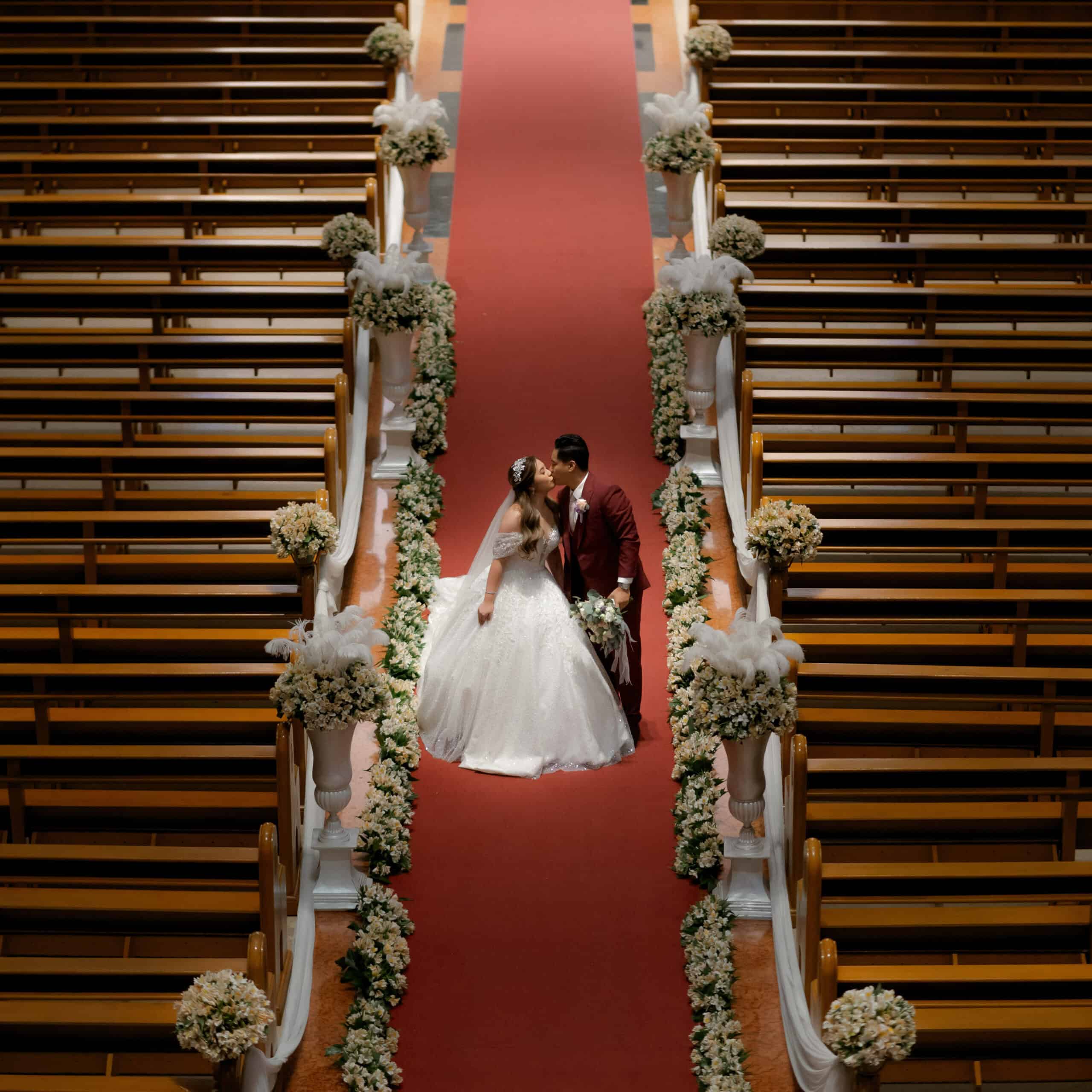
Film: Film wedding photography uses traditional film cameras as a medium instead of digital ones. It often results in images with a unique texture, color, and depth that are characteristic of film. Depending on your preferences, sometimes you get a soft, romantic, and timeless aesthetic, while other times it’s grungy and edgy. If you love the element of surprise, nostalgia, imperfection, and vintage charm that analog film provides, this style is a fantastic option that gives a distinctive and memorable touch to your wedding photos. Note that there is potential for fewer photos and more expense due to the nature of film photography.
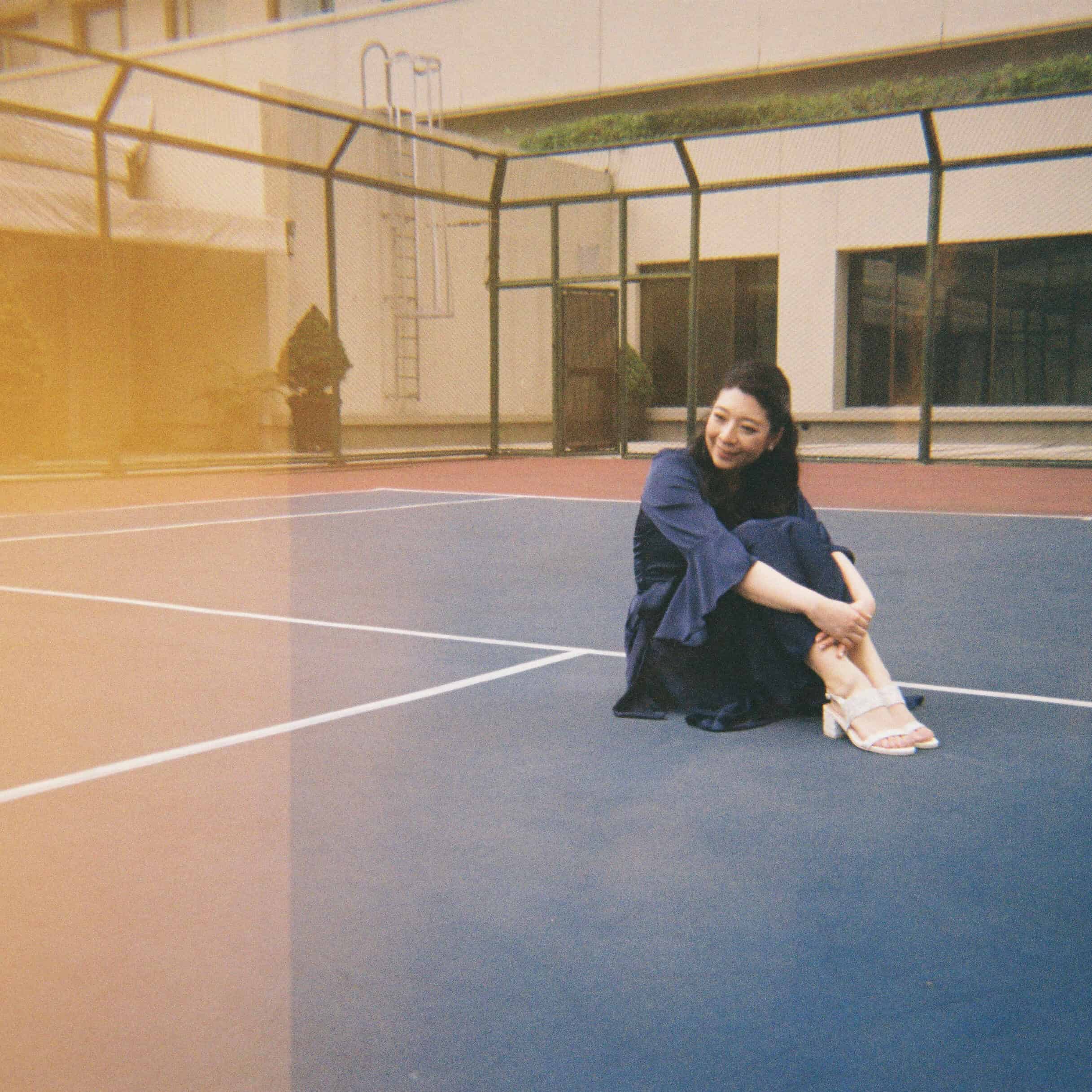
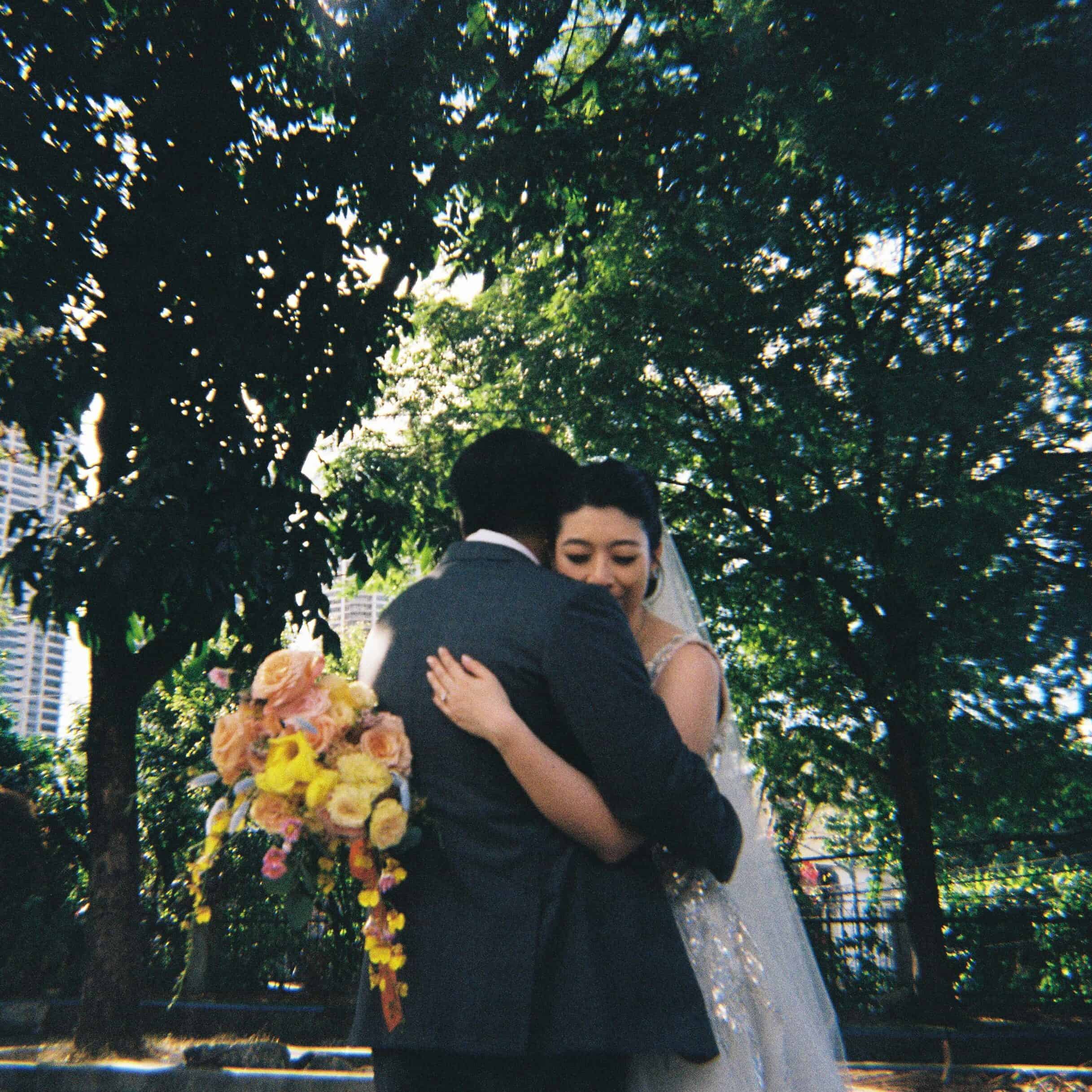
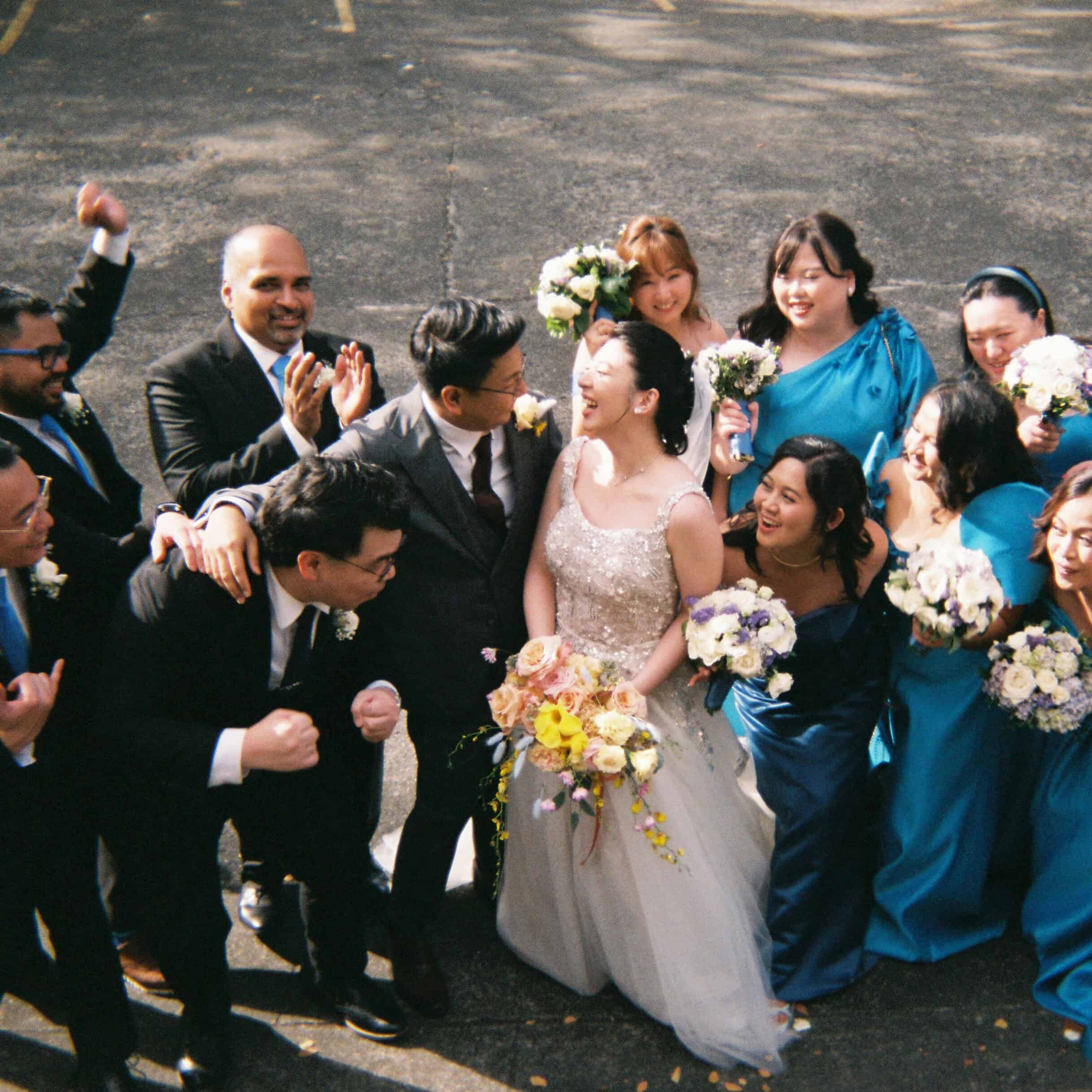
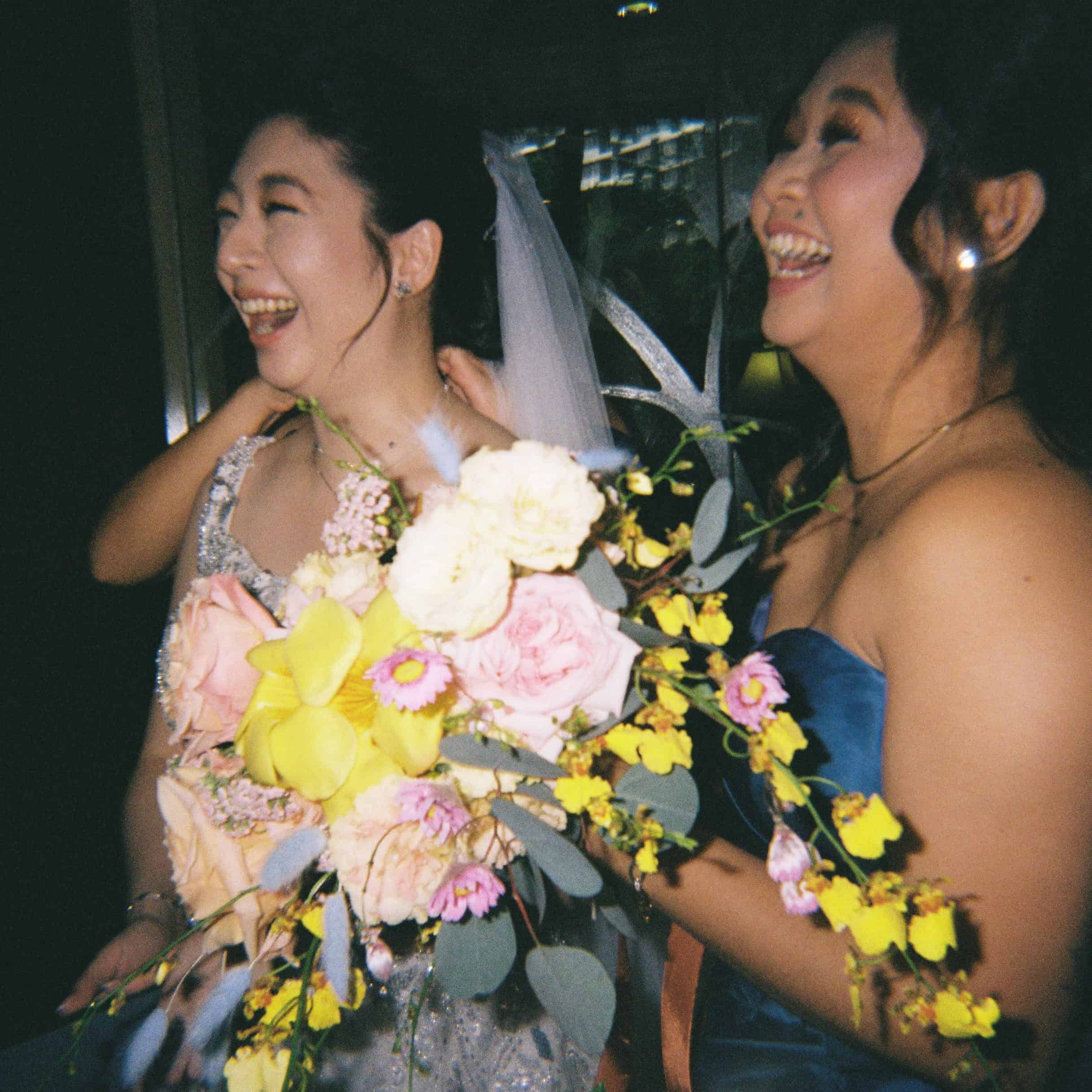
Other popular styles:
Light and bright wedding photography
Dark and moody wedding photography
Flash photography
How to Choose Your Wedding Photography Style
1. Identify Your Preferences and Vision
Sit down together with your partner and talk about what you both envision for your wedding and wedding photos.
Look through wedding photos online and note which ones resonate with you. Research and understand each style. Note their differences.
It may help to consider your personal style. Think about your general aesthetic preferences. Are you more traditional, modern, artistic, or laid-back? Are you particular about the little details? Reflect on how you decorate your home or the kind of art, films, or TV shows you like; these can be good indicators of your preferred style.
2. Match the Style to Your Venue and Lighting
Consider the setting of your wedding, such as an outdoor garden, a moody church, a modern cityscape, or a rustic barn. Certain styles complement specific venues better; for instance, lifestyle wedding photography works well in outdoor settings with plenty of natural light, while editorial wedding photography can be extra stunning in venues with dramatic lighting. Think about the time of day you’ll be getting married and the lighting conditions, and discuss with potential photographers how they handle different lighting scenarios to ensure they can achieve the look you want.
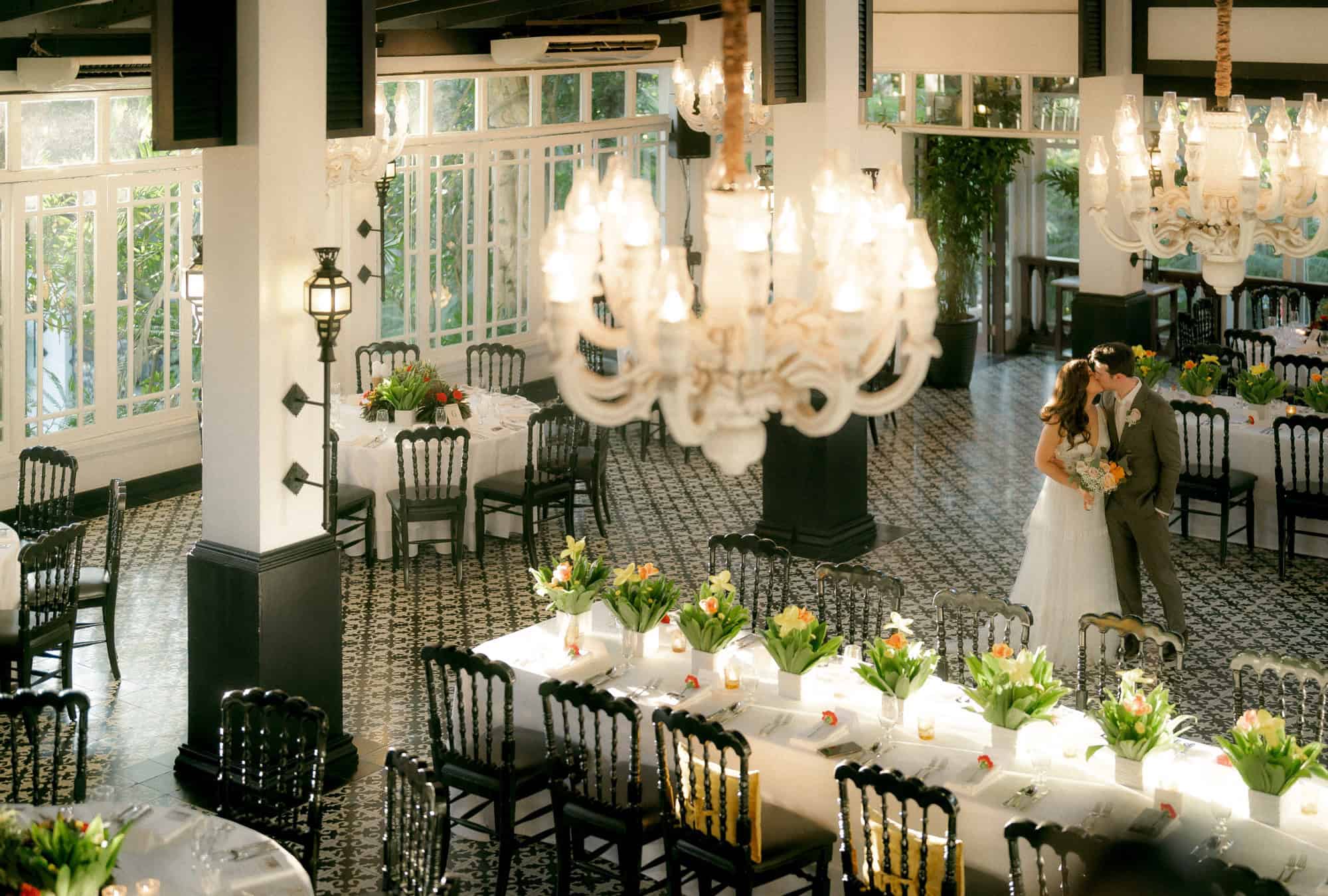
3. Desired Outcome and Emotions
Decide on how you want your future wedding photos to feel like. Do you want your photos to feel romantic, joyful, dramatic, or fun? Documentary style is great for capturing genuine, emotional and even in-between moments, while Fine Art can evoke a more ethereal, romantic feel. Identify the moments you want to be highlighted.
4. Communicate with Potential Photographers
Visit photographers’ websites and social media pages to see examples of their work, paying attention to how each style makes you feel and whether it matches your vision.
Clearly communicate your specific expectations and desires to your photographer. Share your vision and any must-have shots. Get to know their process as well. Maintain an open mind and be receptive to suggestions from professionals. Their experience allows them to offer valuable insights into what could suit your unique wedding and love story best.
Select a photographer who can seamlessly blend styles, as this is a common practice. For instance, a few wedding photographers in the Philippines incorporate elements from various styles. Popular combinations include fine art, lifestyle, and traditional approaches.
5. Budget Considerations
Consider the cost of different styles, as some, like Editorial or Film, might be more expensive due to the time and materials required.
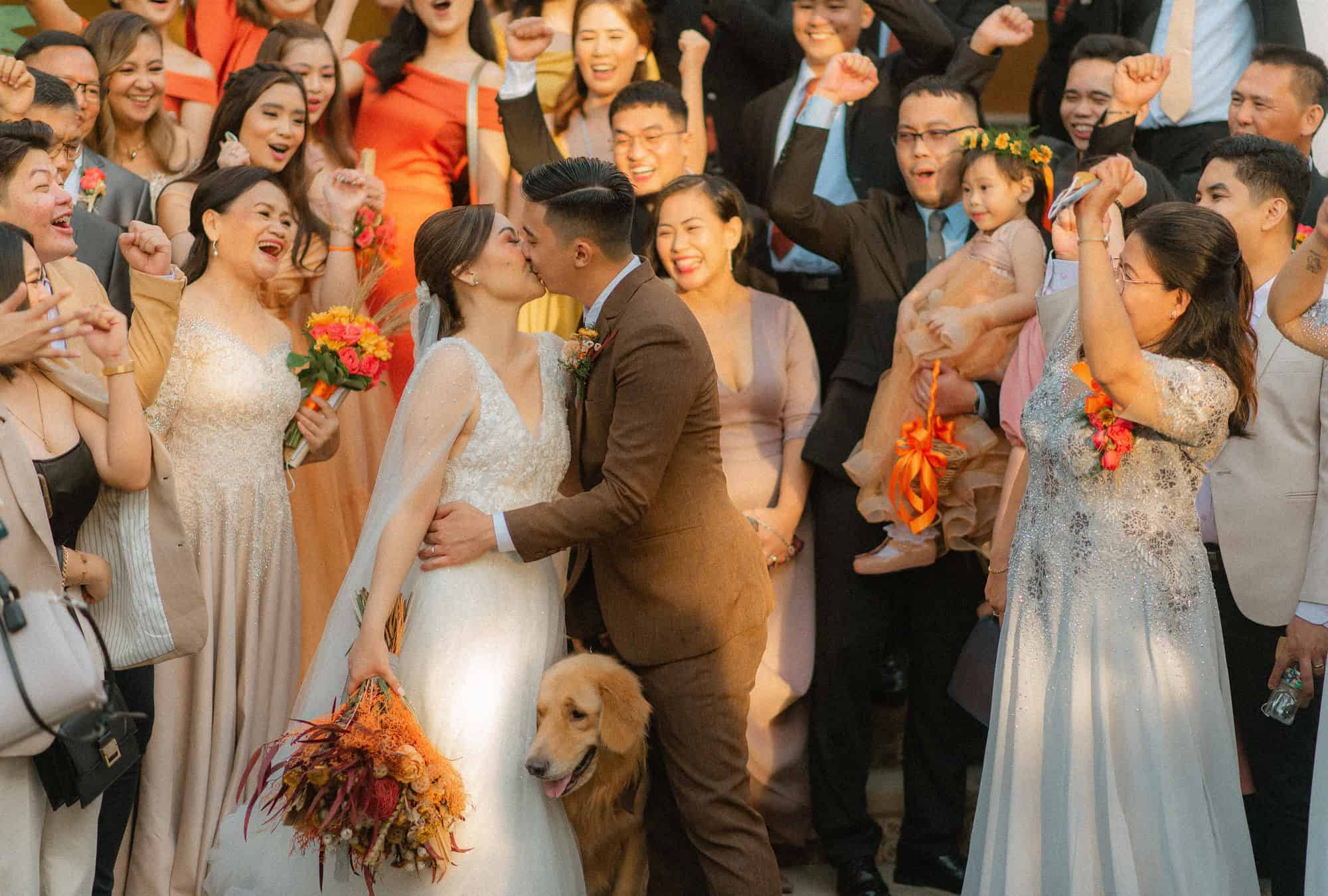
Questions to Ask Potential Photographers:
What is your primary photography style? Do you have other styles that you can do?
This helps ensure their style aligns with your vision for the wedding photos.
How many photographers will shoot my wedding?
Knowing the number of photographers helps understand the coverage you’ll get.
Are you open to suggestions? Can we provide a shot list or specific requests?
This ensures the photographer is flexible and willing to incorporate your ideas.
How do you handle lighting and unexpected changes during the event?
Understanding their adaptability is crucial for unforeseen circumstances.
What packages do you offer, and what is included?
Clarifies the services provided and helps you compare different packages.
Do you have experience with our wedding venue?
Experience with the venue can be beneficial for familiarity with lighting and good photo spots.
Choosing a wedding photography style can be a bit of a challenge, right?
What if I told you – you don’t need to choose one? As a wedding photographer for 11 years and counting, I thrive on the diversity and charm of each style. I love working with all of them, mixing and matching and collaborating with each couple and their preferences. Whether you lean towards the creativity of Fine Art or the candid elegance of Lifestyle Photography, you will get a tailored approach and experience from me.
Need help in discovering what style is for you? Book a free consult with me.
recently on the journal
